Custom car builders are a bit like mad scientists, often spending months locked away working on secret projects, usually under duress of an upcoming large event. When they finally emerge to reveal their latest creations, there is one reaction that will confirm their efforts were worth it: shock.
Last October during the Stance Nation Japan G Edition event, we met one of those mad scientists. Nozomu Yamamoto was standing by his creation, a shocking Daihatsu Mira Gino. Based on a '99 Daihatsu L700 that takes retro styling cues from the classic Mini Cooper, it was transformed into something much more — something unique.
Fast forward a few months, and we found ourselves in Hofu, a small city in Yamaguchi Prefecture, waiting at the train station to meet Yamamoto. Not entirely sure what to look for, we spot a lowered Honda Odyssey RB.
"That's got to be him."
![Yamamoto Works Daihatsu Mira Gino]()
After driving through the narrow back streets outside of the city we arrived at the destination: a small shrine that Yamamoto had gotten permission to use for the day. We started to set up as he went to his shop, aptly named Yamamoto Works, to retrieve the Mira Gino. The fact it is not road legal and is extremely loud meant that it had to be trucked over.
With the sun starting to rise behind the mountains, the car was unloaded. With only about 10 mm of clearance, the bumpers and front grill were removed to help with loading and unloading. With frost still covering the car, Yamamoto began re-installing the pieces as we started to take in all the features of the Yamamoto Works' Daihatsu Mira Gino.
![Yamamoto Works Daihatsu Mira Gino]()
The Plan
The city of Yamaguchi and neighboring Kyushu are best known for their kaido racers, street racers that style their cars like bosozoku. From a young age, Yamamoto had a different interest in mind; he was more a fan of the drifting scene. More recently, he took a liking to the stance style and applied it to his previous Mira Gino.
His first Mira Gino show the wheels to be at almost -45 degrees of camber and with a ride-height similar to the current one. Yamamoto was brave enough to drive it on the streets, but the frame and chassis components paid the ultimate sacrifice, grinding away at the ground until the car eventually got scrapped.
![Yamamoto Nozomu]()
Yamamoto loved his little Daihatsu, and so he began thinking of how to build his next one. Not wanting to have the same results as his previous build, he wanted something he could enjoy on the local circuits and maybe even drift with. That required a radical shift in thinking, so to clear his mind, he hiked through the mountains. When he returned, he knew what he needed to do. (Yup, just like in the movies).
Heart of a Roadster
When one thinks of performance cars, Daihatsu is rarely at the top of the list. With the Mira Gino limited to front-wheel or all-wheel drive with only around 60 horsepower, Yamamoto had to find a way to improve the performance aspect of his project. So, like most builders, he borrowed from another car.
With its small wheelbase, front engine and rear-drive layout, the NB Mazda Miata Roadster is extremely well balanced and also happens to be Yamamoto's favorite car. Luckily, he was able to locate a scrapped one for less than $100 with all the components needed intact, including suspension, engine and drivetrain.
![Yamamoto Works Daihatsu Mira Gino: Roadster Engine]()
To upgrade the Mira Gino's factory suspension, Yamamoto chose to use all the Miata's suspension, including the sub-frame and steering components. To take it to the next level, he upgraded the stock shocks and coils for a set of Cusco coilovers.
In addition to the engine, the transmission and rear differential were all used for the build. All the engine internals were left stock while airflow was upgraded with a Tanabe exhaust manifold and custom exhaust and intake pipe built by Yamamoto Works.
The Frame
With all the suspension and drivetrain decided upon, it was now time to mate those to the body of the Daihatsu. The tube frame made this all possible. The dimensions were based off of the measurements of the NB Roadster to ensure the sub-frame, suspension engine and drivetrain could be transferred from the donor car with ease. Yamamoto fabricated the mounting points for the body. The most difficult part of his build was ensuring that the frame remained straight and didn't have any distortions. Any slight distortion can have a ripple effect, affecting everything from the body all the way to suspension alignments.
![Yamamoto Works Daihatsu Mira Gino]()
Body of a Daihatsu
Thanks to the tube frame, Yamamoto could set the clearance to 10 mm and still retain functional suspension. To allow for clearance, the front fenders had about 250 mm of clearance added, while the rear fenders and doors had 330 mm of clearance added.
He then crafted custom overfenders which wrap around the stretched tires, creating a smooth line from body to wheel. The rear overfenders wrap neatly to transition the upper part of the door and the rear pillar. The lower part of the rear side skirts flow neatly into the side skirts with the passenger side sporting a cutout for the exhaust.
![Yamamoto Works Daihatsu Mira Gino]()
Additionally, the doors were completely gutted, leaving just the doorframe and skin. The door skins and fenders had the lower seams smoothed out, creating an uninterrupted door line. The side skirts were custom fabricated to match the height of the front and rear bumpers, straightening the bottom of the door line as compared to stock. With a slight twisting appearance, the side skirts help level the car as the rear was lowered more overall than the front of the car.
It is easy to forget the Mira Gino is a four-door when looking at Yamamoto's version. The rear doors have had the rear door gap expertly covered by the overfenders. The removal of the door lock cylinders also make the doors appear cleaner. This does mean Yamamoto must reach through the window to open the doors, but with no glass, that's no problem. Additionally, the stock side mirrors were ditched in favor of a set of Datsun 510 Bluebird fender mirrors that happened to be on a Hakosuka Skyline at the time.
![Yamamoto Works Daihatsu Mira Gino]()
One can't look at the car and not notice its front hood. The hood, in its own right, is a work of art. To get the hood to fit the NB's engine, Yamamoto took the stock Mira Gino hood and cut the initial opening. He then proceeded to form four different pieces of sheet metal and incorporate the cutout piece for the top. This resulted in the new hood retaining the lines from the original hood — definitely a nice touch considering nothing is stock.
Yamamoto could have opted to have the bonnet run straight to windshield but chose not to in order to allow it to be opened like stock. Leveraging the original hinges, the front hood opens perfectly with the hump just clearing the front windshield.
![Yamamoto Works Daihatsu Mira Gino]()
The front windshield is made of polycarbonate and is secured to the Daihatsu frame. It drops below the original windscreens mount point seemingly disappearing beneath the front hood. Additionally, it is cut out perfectly to accommodate the rear of the engine and framed perfectly, adding the appearance of trim to add a finished look.
The Interior
Confident that everything was as it should be, Yamamoto mounted the body to the tube frame and could start realizing his initial vision. There was still plenty left to finish including the internal roll cage and framing. With plenty of dimple died gussets, the main roll-bar extends from the front to the back via the center of the Mira Gino.
The framing is perfectly wrapped around the engine and drivetrain, providing support for all the internal paneling including floors, transmission tunnel and firewall. The driving position was moved back into the rear passenger compartment. Keeping Yamamoto in place is a fiberglass racing seat that he salvaged from a go-kart he had in the shop.
![Yamamoto Works Daihatsu Mira Gino]()
Accommodating the new driving position meant extending the steering column. The off-brand 310 mm steering wheel with its bronze finish fits right in with the overall theme of the car. There is no steering wheel release, so getting in and out is a bit of challenge, which we experienced firsthand. The shifter was also extended to match the driver's position and topped off with a classic Nardi shift knob.
There were no gauges or other electronics installed. The steering column is bare, and with no switches or push button start, we wondered how he starts his Daihatsu. Unsurprisingly, he pulled out a Mazda key and inserted it into the ignition, which he relocated next to the shifter.
Two final components were also transplanted from the Miata: the pedals and the gas tank. We have never seen a stock gas tank exposed like that, but its raw look added something to the overall feel of the build.
![Yamamoto Works Daihatsu Mira Gino]()
Finishing Touches
With everything fitted, it was time to finish the Daihatsu Mira Gino. Yamamoto chose to paint the frame gold and the body candy red, which are two very traditional colors in Japan. The gold theme was carried through to the gas tank, parking brake and wheels. The chrome-gold 15x8 F1R wheels appear larger than they are tucked under the overfenders.
Located on the last remaining stock piece, the rear glass showcases Yamamoto's car clubs and friends. The two most important stickers Yamamoto pointed out were "Infection" and kanji that reads "Chounirei," also prominent on the back of his coveralls.
![Yamamoto Works Daihatsu Mira Gino]()
Infection is his car club consisting of Odyssey owners, while Chounirei is a bit more complicated. Like many words and phrases in Japan, it is an abbreviation meaning roughly, "Yamaguchi Second-car Racers." This is a smaller group of Yamamoto's friends that have both Odysseys and race cars.
Reactions
Back at the Stance Nation Japan event where we first met Yamamoto, his Daihatsu was voted as the People's Choice award recipient. Afterwards, the internet exploded with shots of the car with many curious people wanting to learn more and connect with Yamamoto.
When asked about his recent rise in fame, Yamamoto told us he is enjoying it and is looking forward to continuing to make new friends. Some of his favorite comments have been that he is "crazy," and another Japanese phrase that loosely translates that his "car stings!"
We also asked him what his wife thought about the Mira Gino. Yamamoto told us that she is very understanding, and even though he has won some prizes and has become a bit famous, it is all about the enjoyment the car brings; as long as he is enjoying it, she will be supportive.
During the photoshoot at the shrine, several people from around the neighborhood decided to stop by to check out what was happening. From the elders of the neighborhood to the primary school kids, everyone was equally interested in the car. Even the cats felt the need to inspect what was happening, often ending up in the shots.
![Yamamoto Works Daihatsu Mira Gino]()
Unleashing the Madness
We left the shrine and moved to the next location to do rolling shots; this is when Yamamoto started to relax a bit more as he would soon be able to let the legs out of his creation. At the first location, we simply did a few shots of him as he passed by, but it was the final location that we truly got to experience the madness of the Mira Gino.
Along a remote sea-road we unloaded the Mira Gino and proceeded to terrify any nearby wildlife. Yamamoto asked if he should do a burnout; we, of course, responded with an enthusiastic, "Yes!" With 160 hp powering a car that now weighs about 900 kg, it was with ease that he launched into a break-stand with the engine bouncing off the rev limiter.
![Yamamoto Works Daihatsu Mira Gino]()
With the Miata's engine sucking in air with the custom intake and unregulated exhaust, it was an epic burnout which affected all the senses. As the smoke billowed through the Mira Gino, Yamamoto gave us his signature rockstar sign. We could tell he was enjoying himself — considering he can't take the car out very often — and even more so when he continued to do three more burnouts, pausing only to let the rare pedestrian pass. It was ear-piercing, smoky, madness, and we loved it.
The look of the finished product along with its huge enjoyment factor would make one assume that it was quite an expensive build. We were shocked to learn just how little Yamamoto spent on the build. Excluding the value of trades that he made, the total investment in parts and material, including the donor Miata, was less than $3,000. That, of course, does not include the two months of labor it took to complete the project, but sometimes you just can't put a price on the labor of love.
![Yamamoto Works Daihatsu Mira Gino]()
The Future
The Daihatsu Mira Gino is not finished. It is currently receiving an upgraded racing seat to support racing harnesses and some well-needed gauges to make sure everything is running optimally. Yamamoto plans to take the car out to the local circuit so that means additional safety requirements must be met. The addition of door bars, harness bar, halo and other components are all on the to-do list.
![Yamamoto Works Daihatsu Mira Gino]()
We asked if he would ever be willing to sell his car; he said he currently doesn't have any plans to, and if someone did want to, he would recommend against it. Just because he doesn't plan on selling the Daihatsu anytime soon doesn't mean there isn't a new project in the future. Although he wasn't willing to tell us what that would entail, we are nevertheless looking forward to the next creation from the laboratories of Yamamoto Works. If it is anything like the Daihatsu Mira Gino, we know it will be nothing short of madness.
Tuning Menu
1990 DAIHATSU MIRA GO
| OWNER | Nozomu Yamamoto |
| HOMETOWN | Yamaguchi Prefecture, Japan |
| SPONSOR | Yamamoto Works |
| ENGINE | 1.8 Mazda MX-5 NB Eunos Roadster (Miata) |
| AIRFLOW | Custom Throttle Intake Pipe |
| EXHAUST SYSTEM | Custom Straight Pipe with Side Exit |
| DRIVELINE | Mazda MX-5 NB Eunos Roadster (Miata) |
| SUSPENSION | Cusco |
| WHEELS | 15x8 Chrome-Gold F1R |
| PAINT | Custom Candy Red |
See more photos from our time with Nozomu Yamamoto and his Daihatsu Mira Gino in the gallery below, and check out another Daihatsu, a barely street legal Hijet.







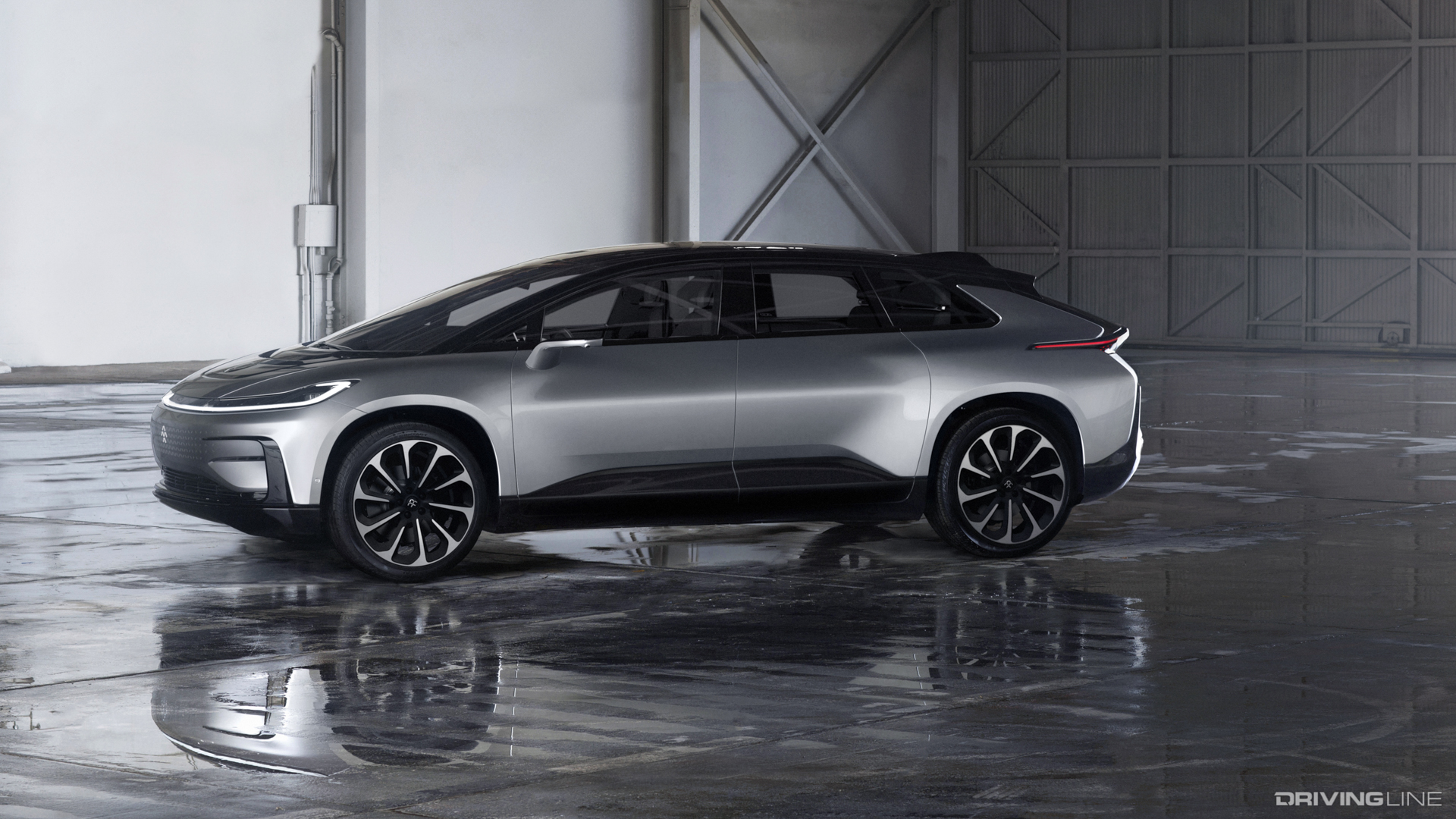
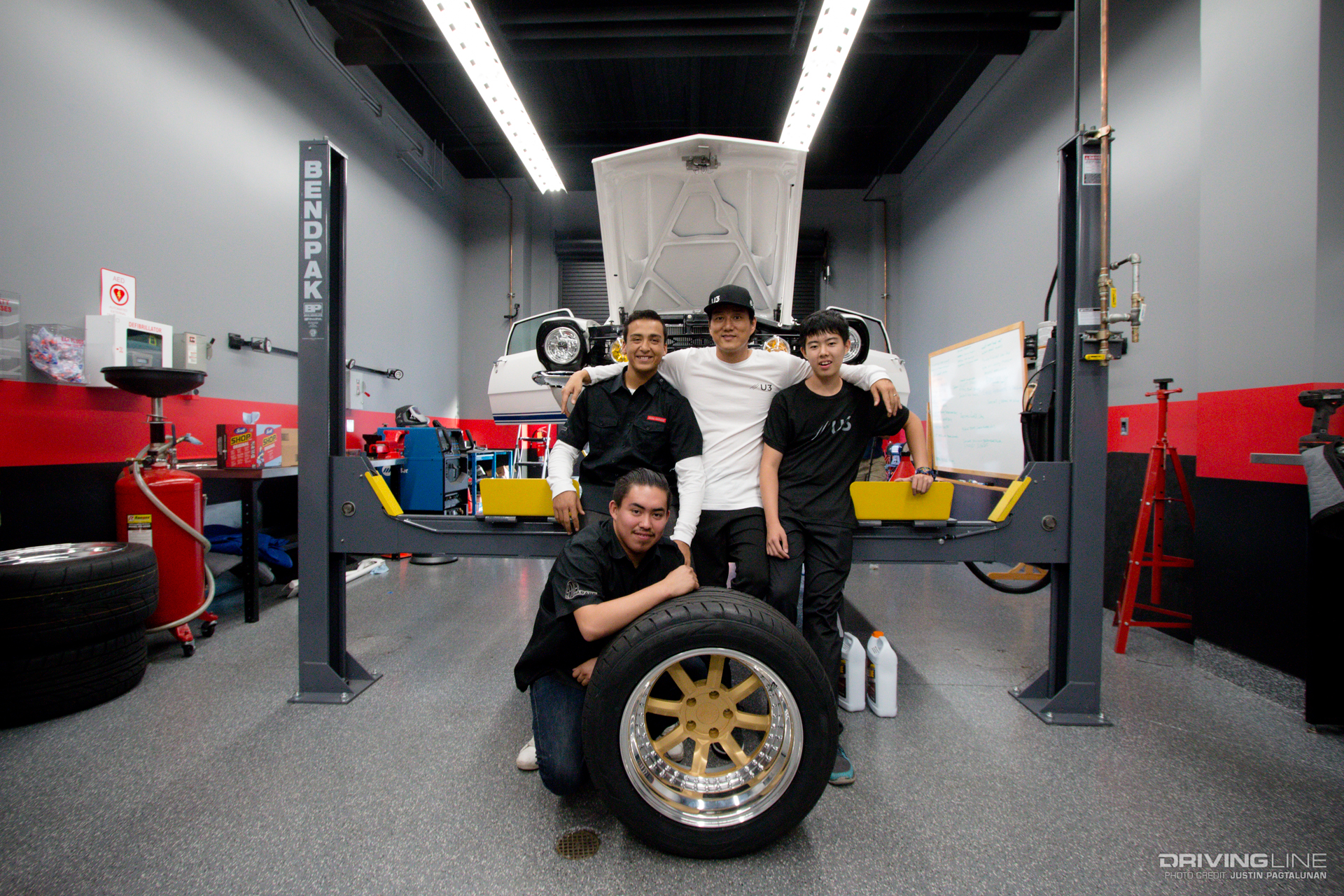

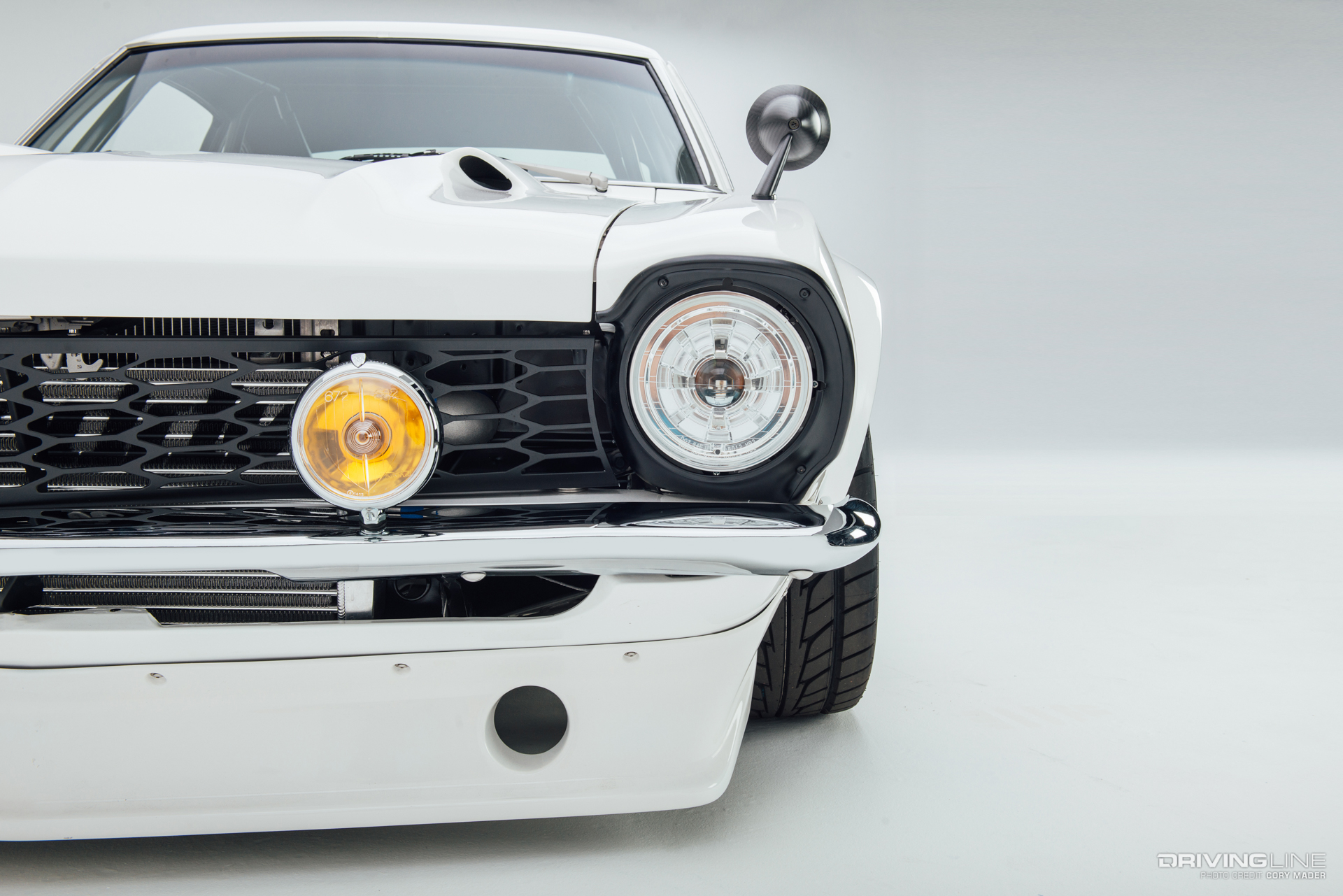
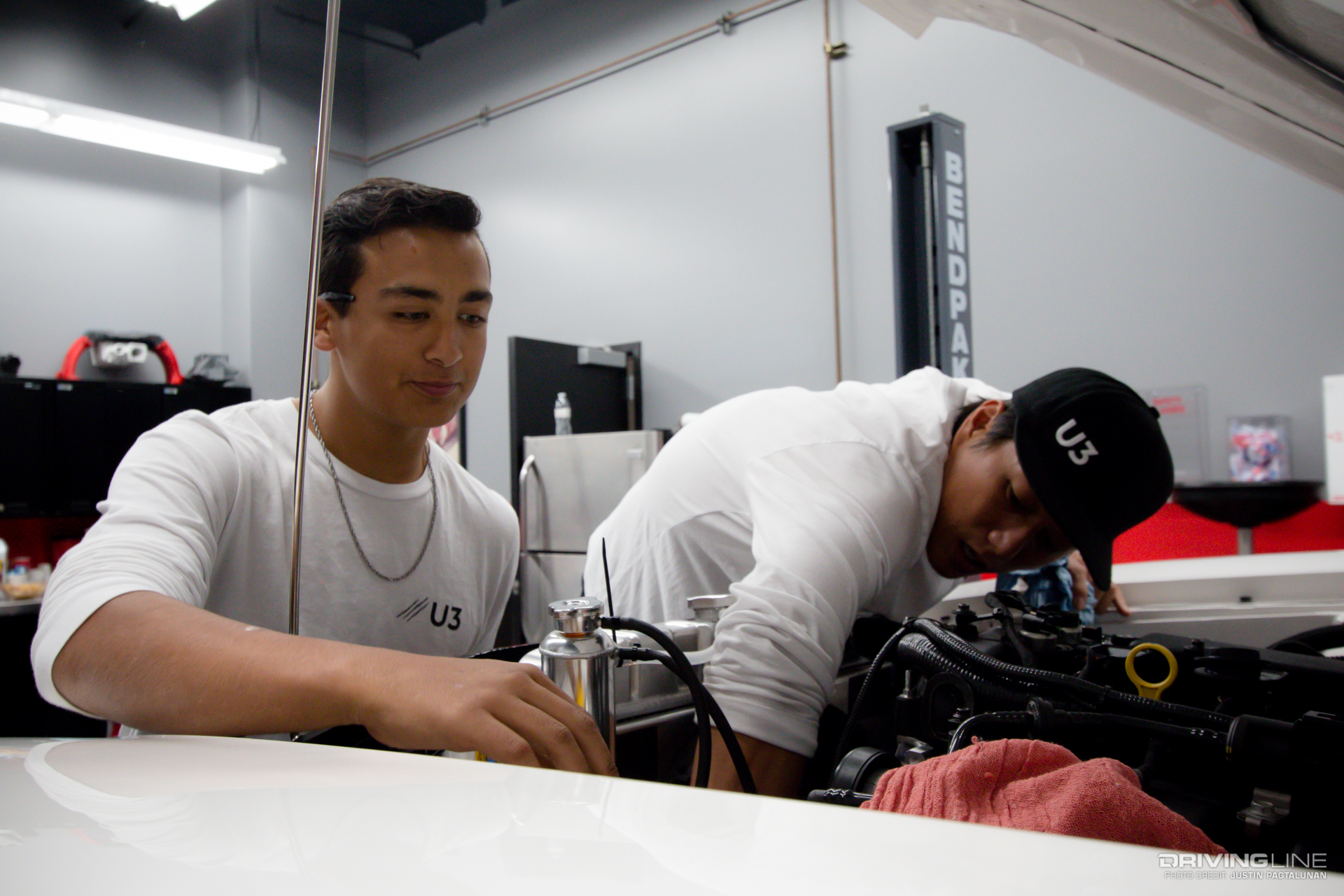

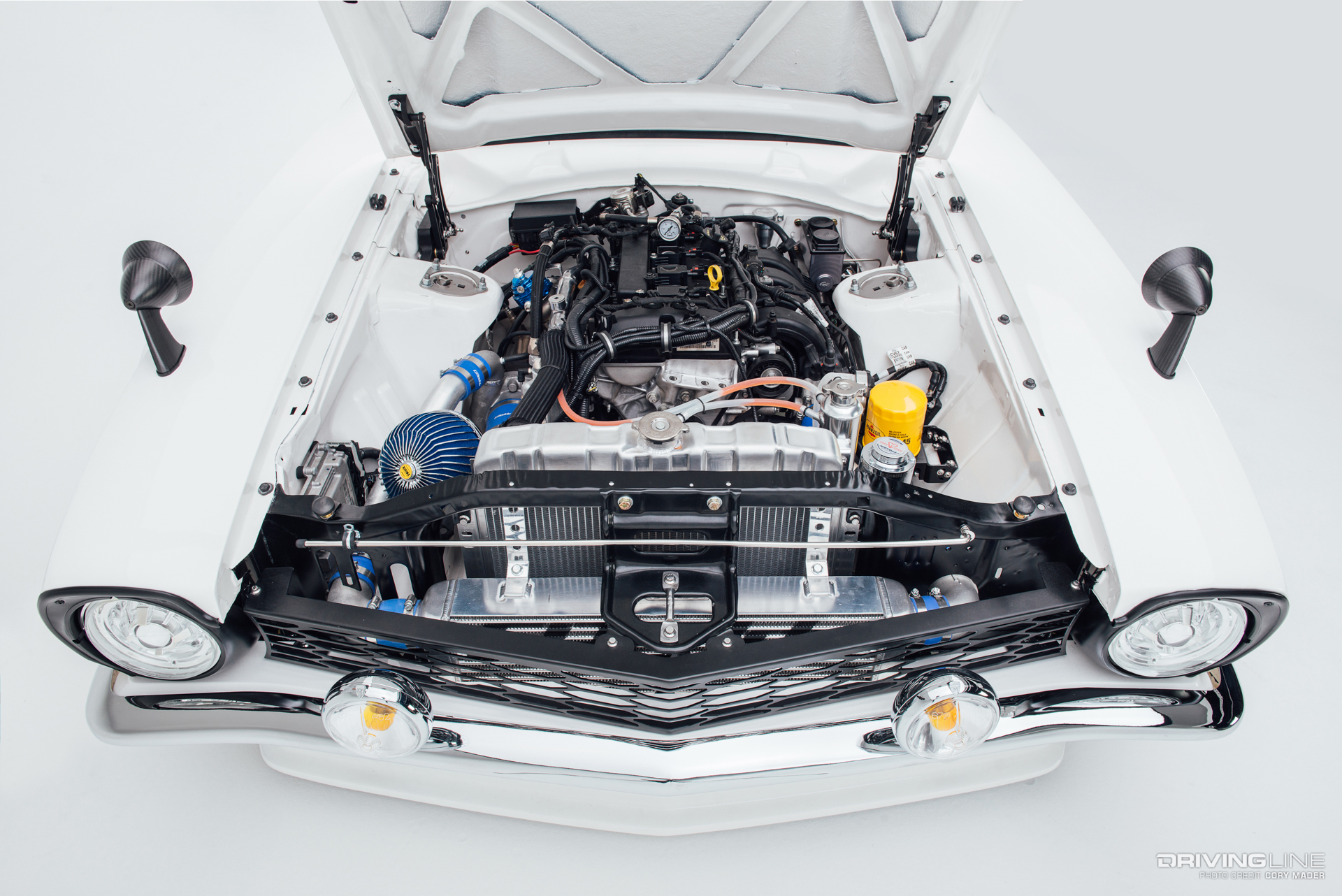
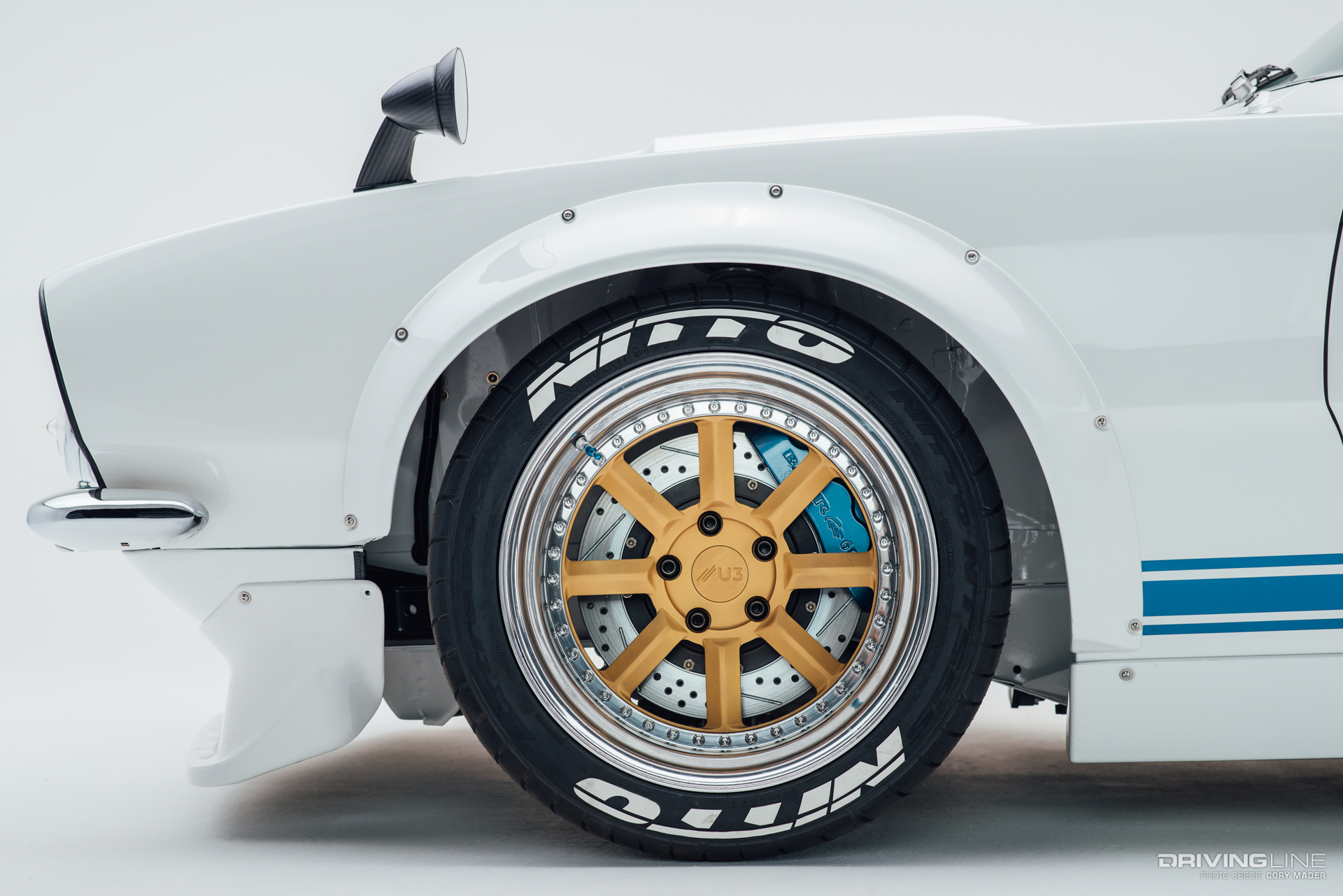


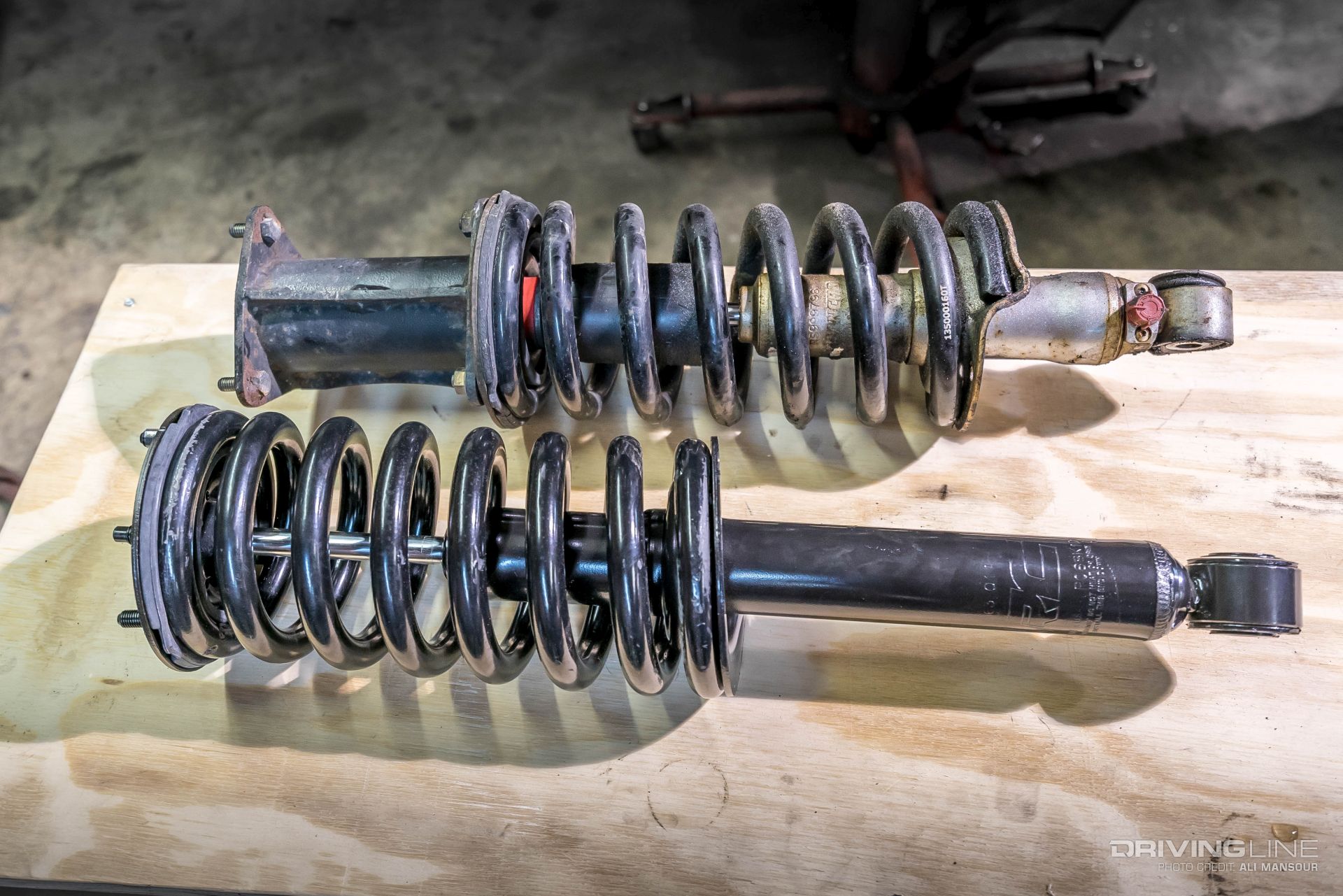







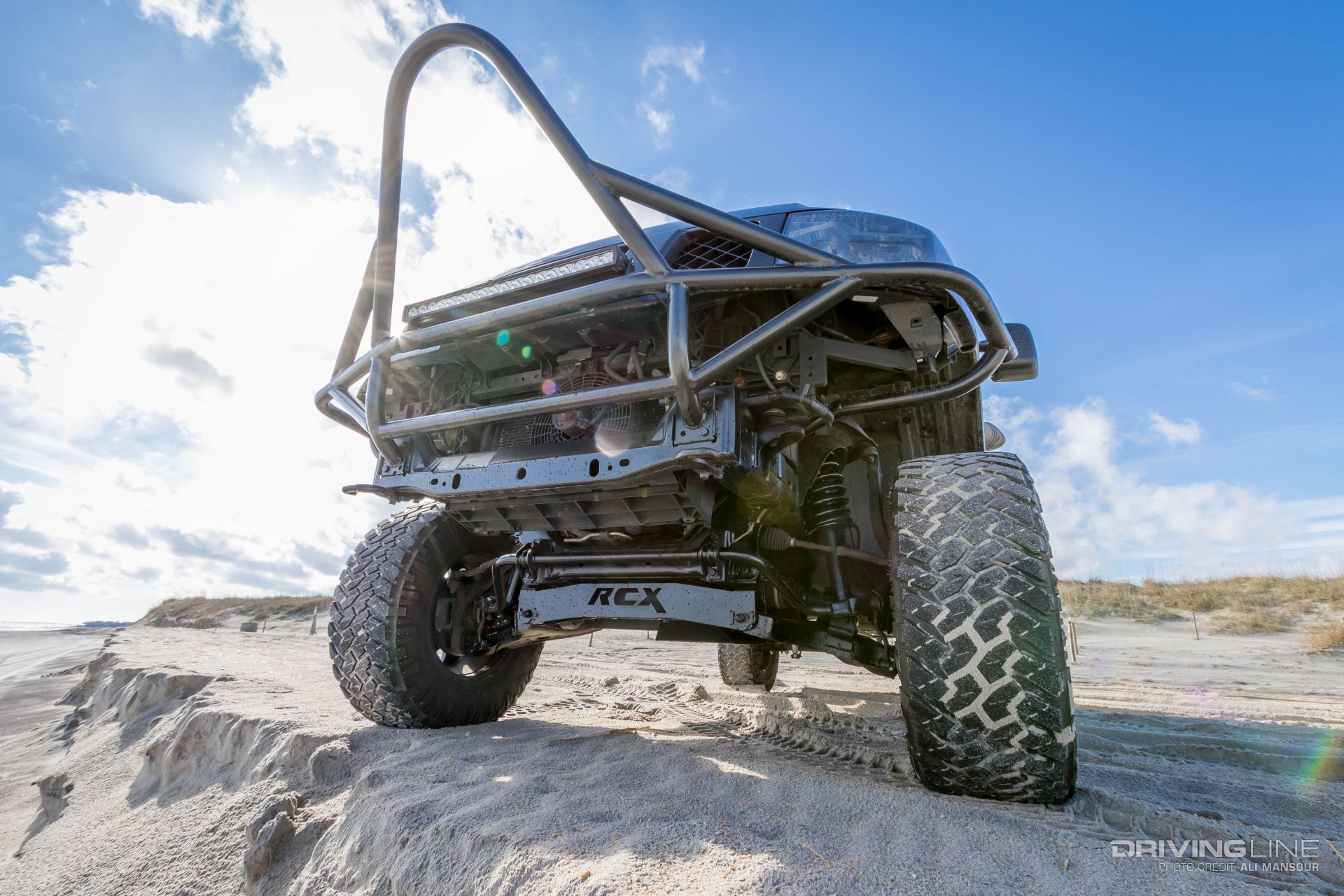

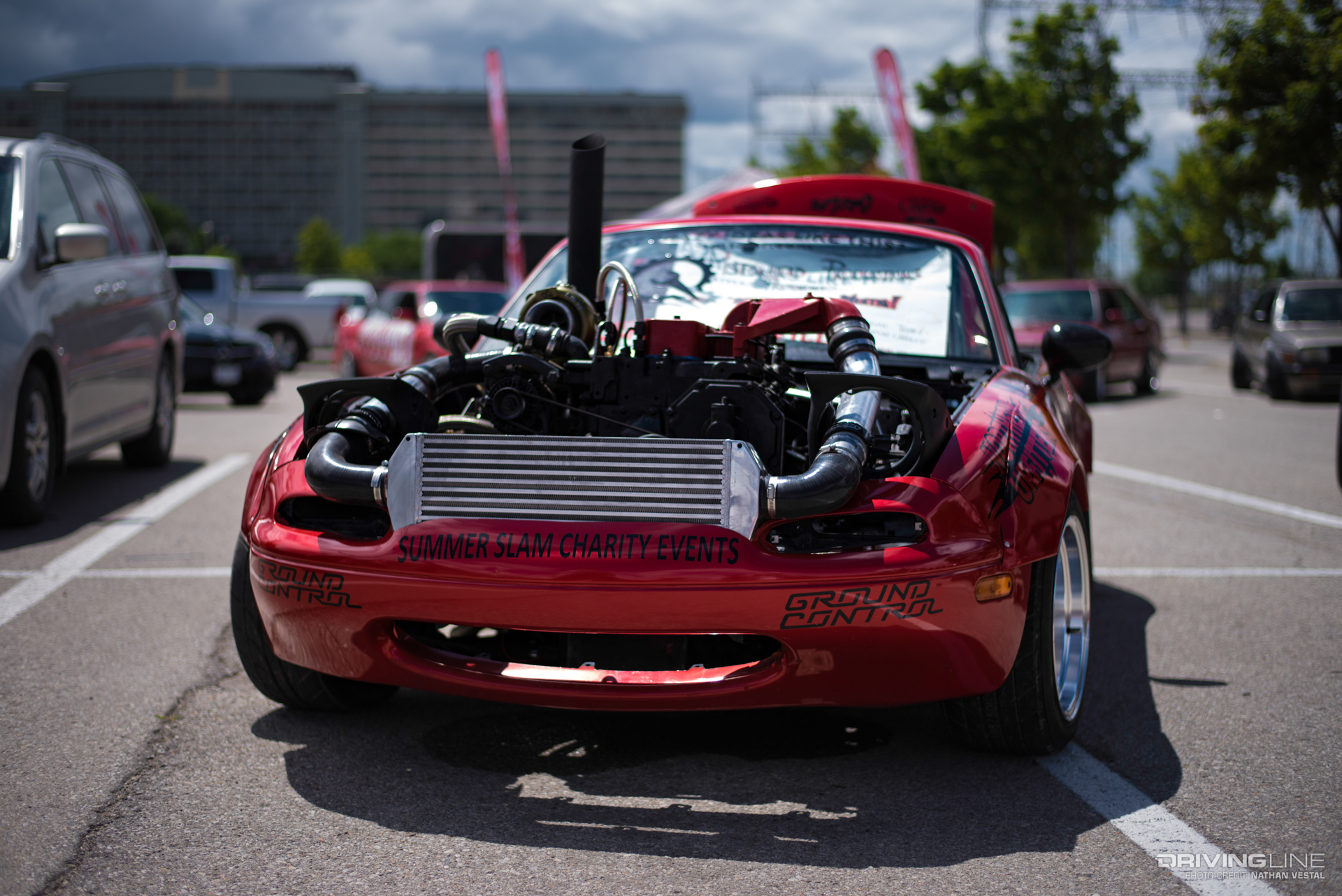
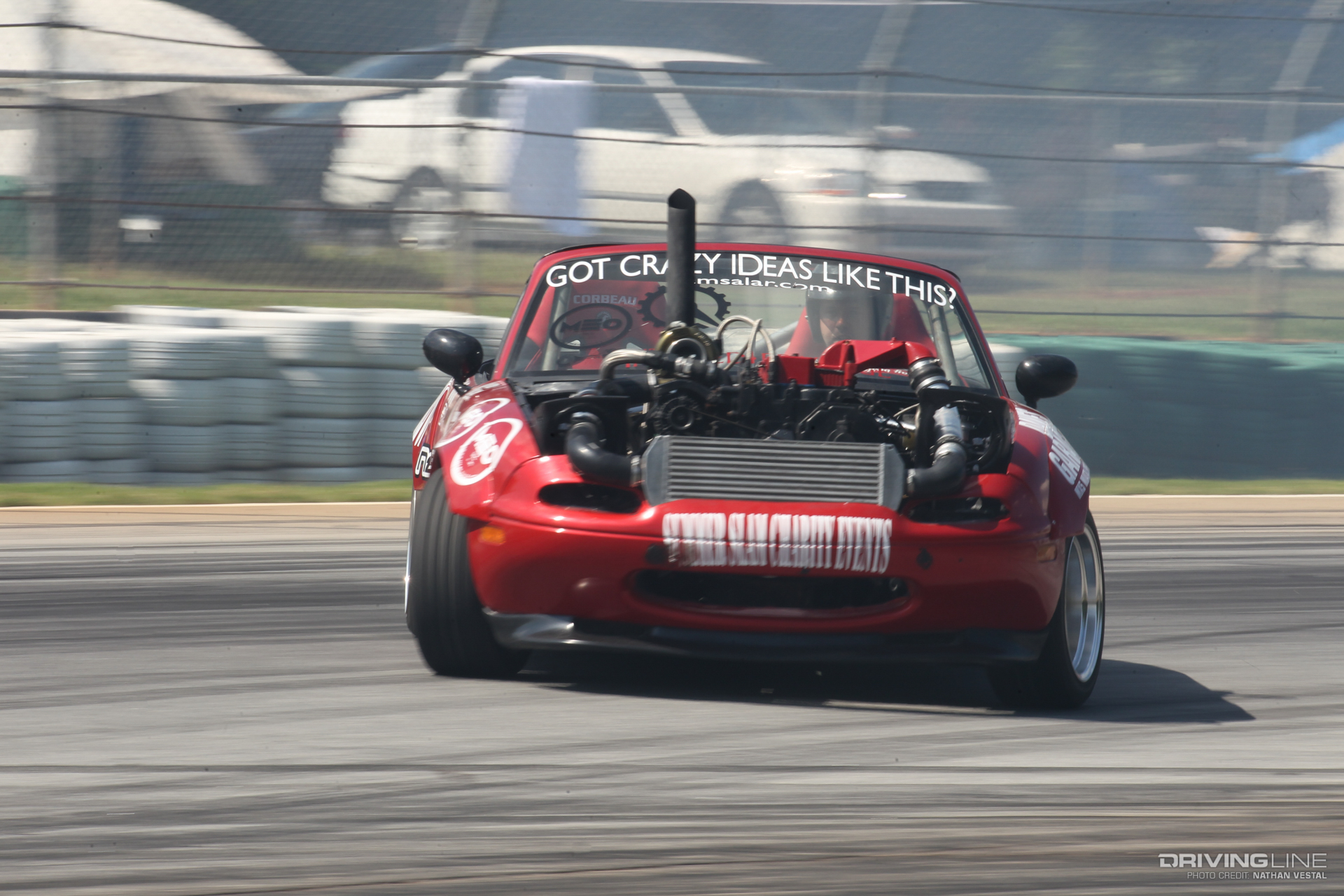




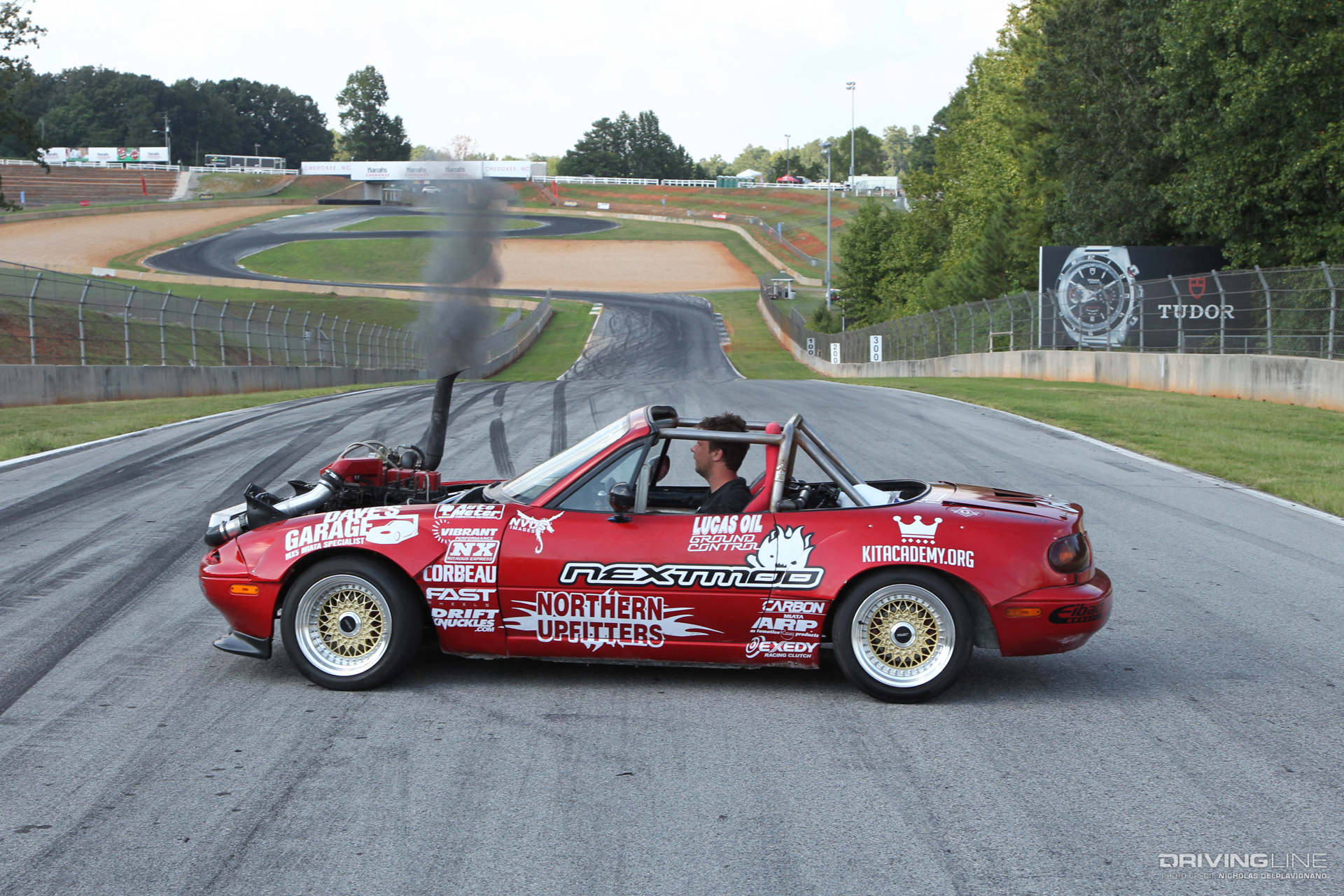
 Photo courtesy of Fiat Chrysler Automobiles.
Photo courtesy of Fiat Chrysler Automobiles. Photo courtesy of Lincoln.
Photo courtesy of Lincoln.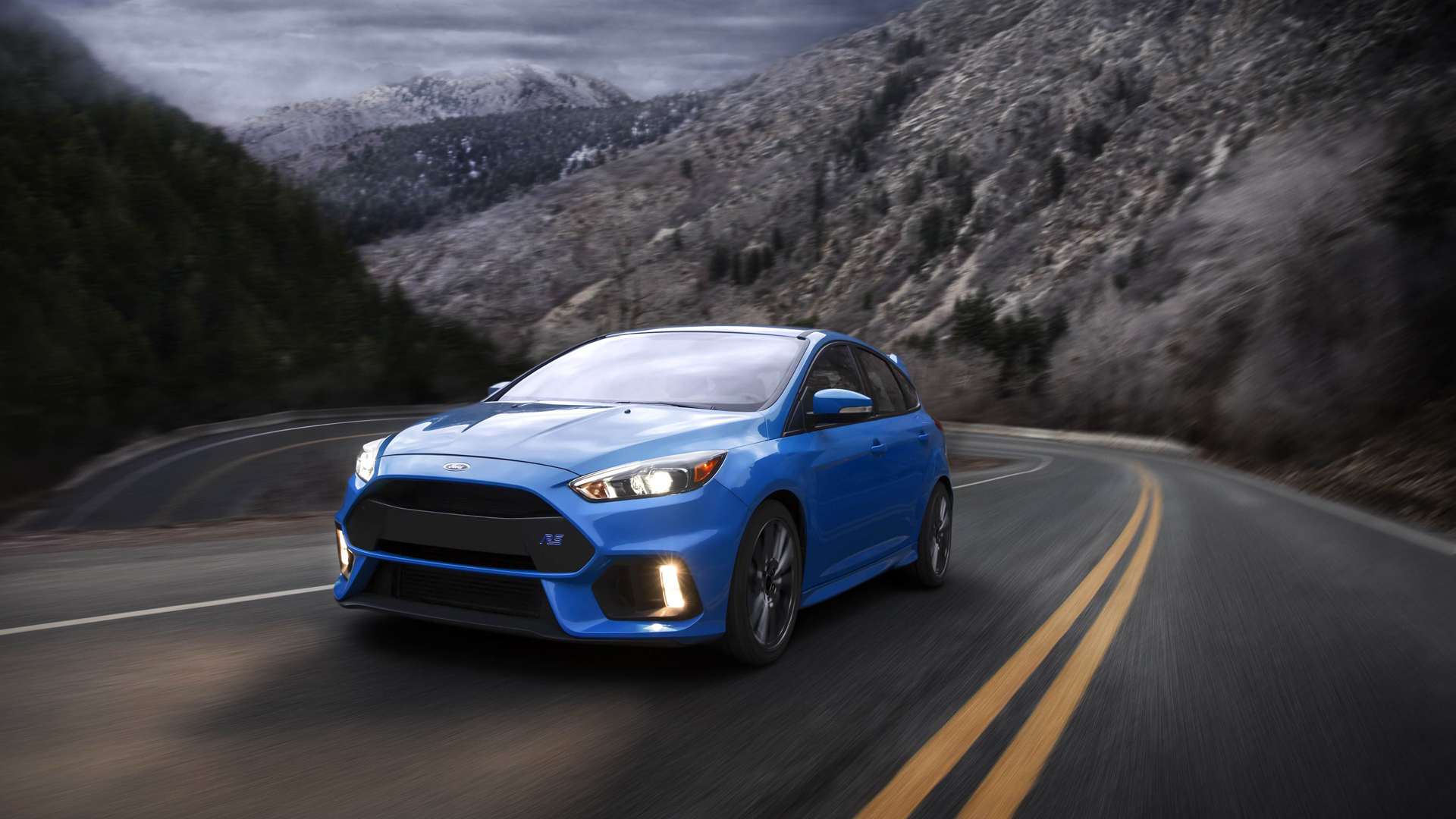 Photo courtesy of Ford.
Photo courtesy of Ford. Photo courtesy of Fiat Chrysler Automobiles.
Photo courtesy of Fiat Chrysler Automobiles. Photo courtesy of GM.
Photo courtesy of GM.
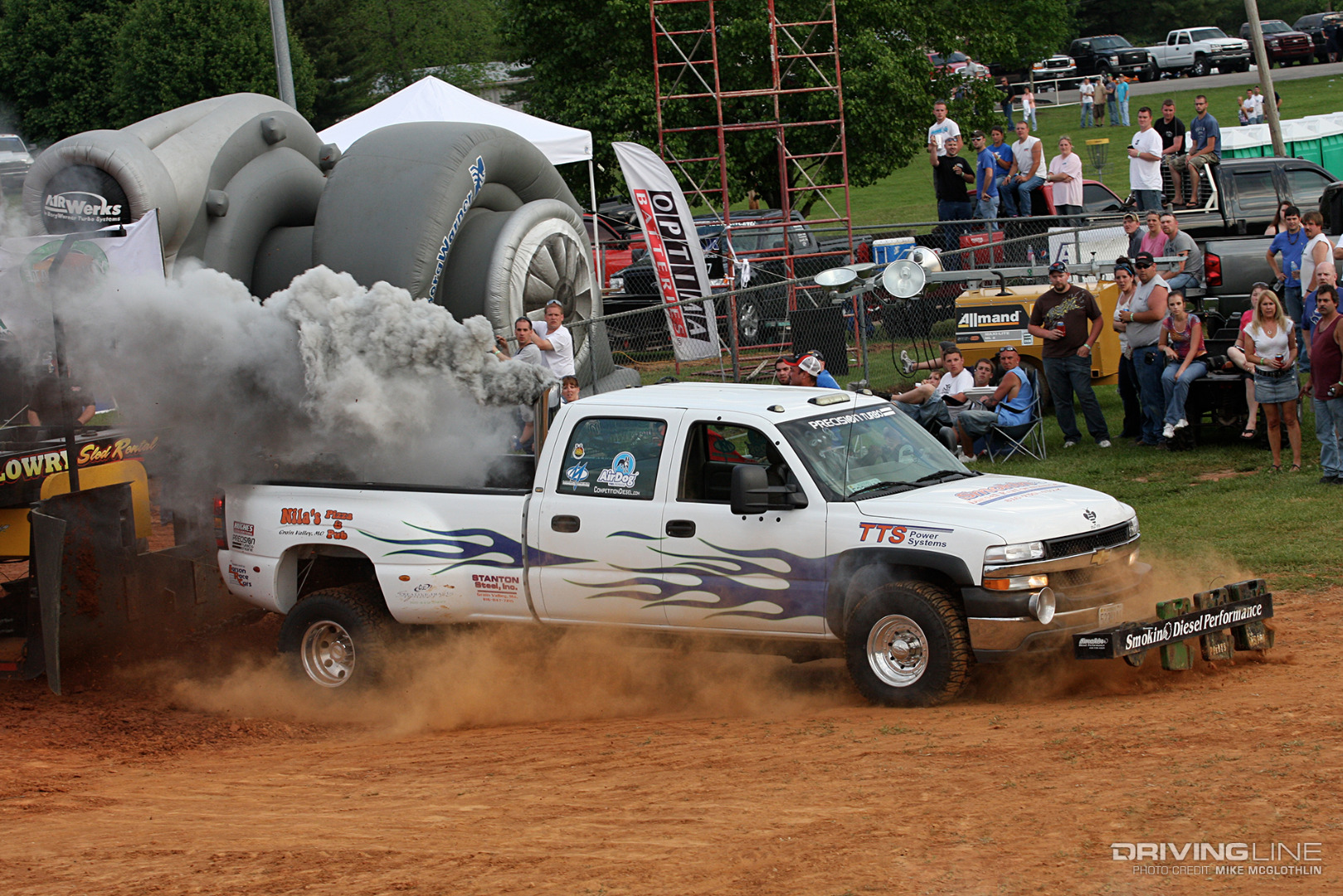

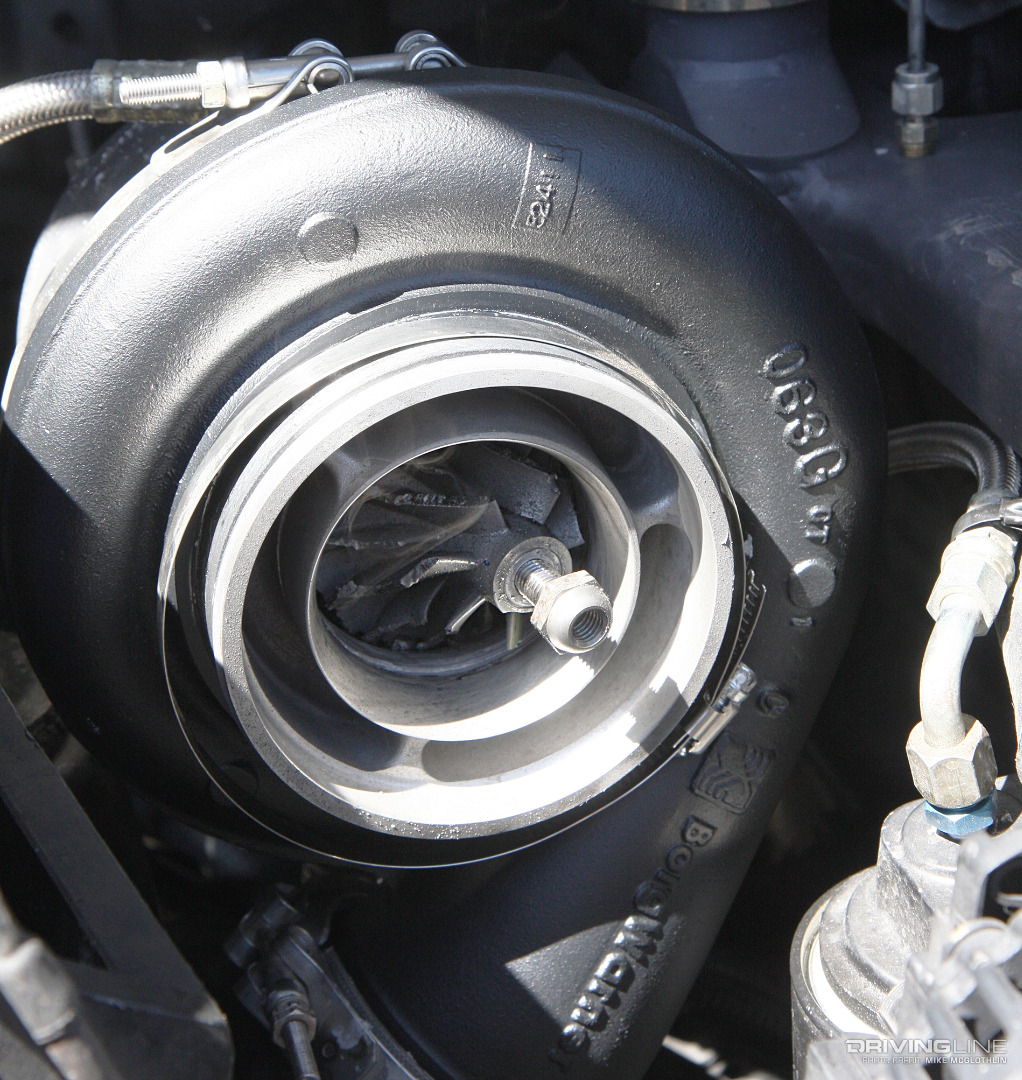





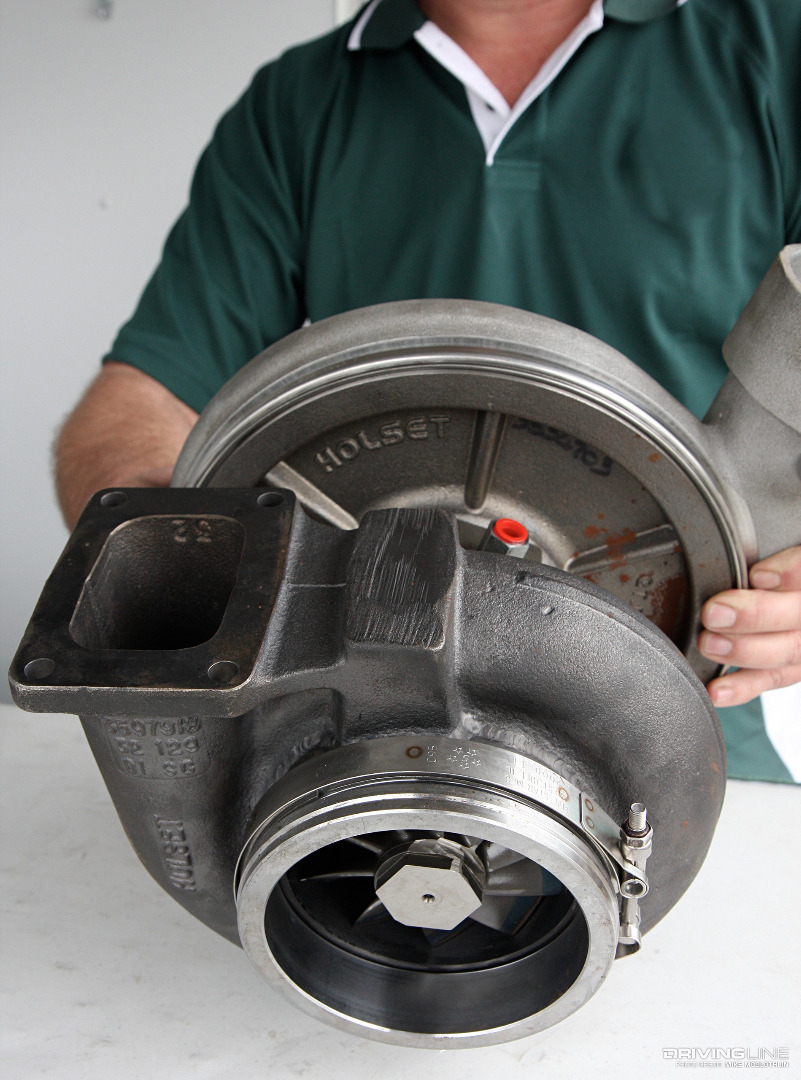

























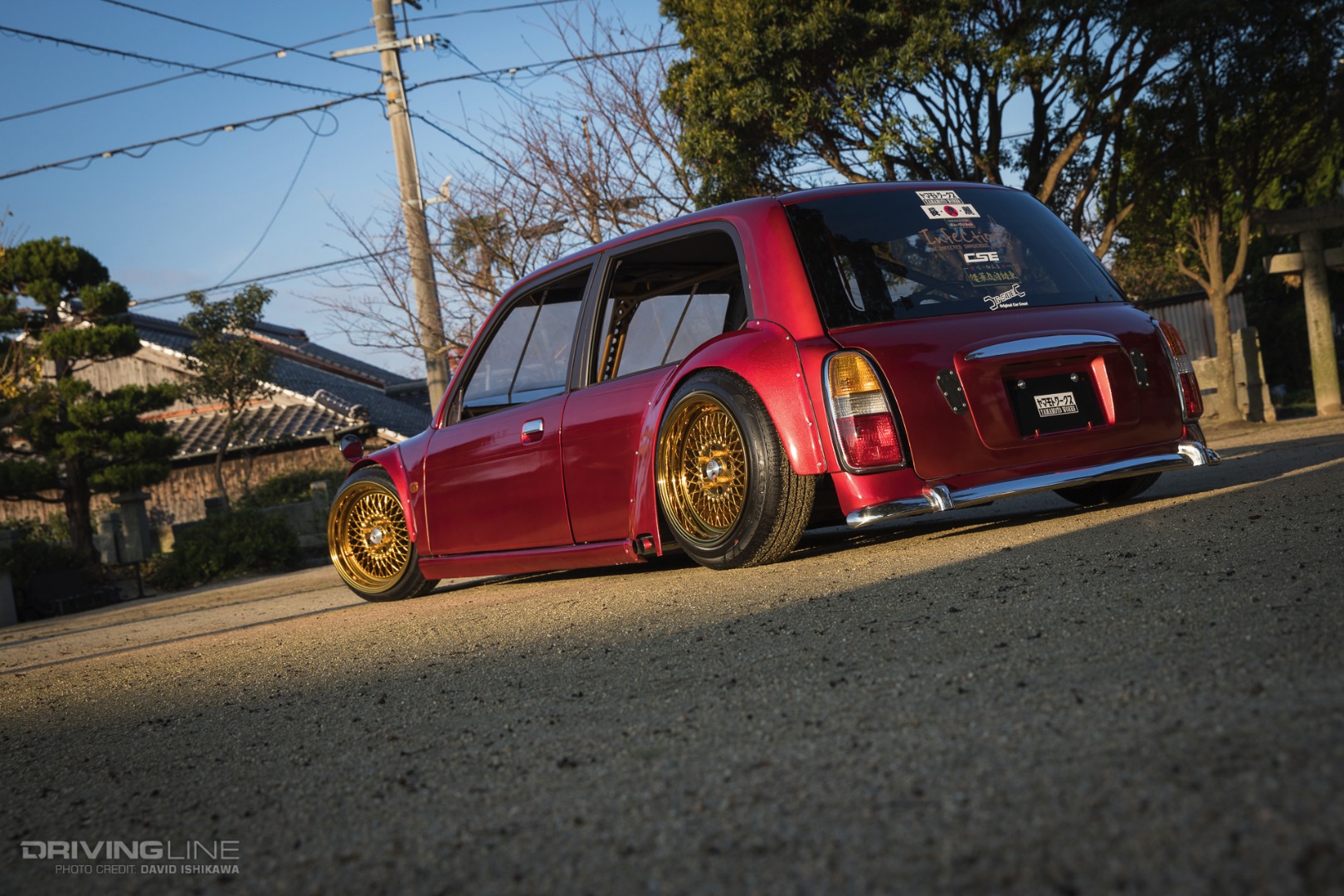
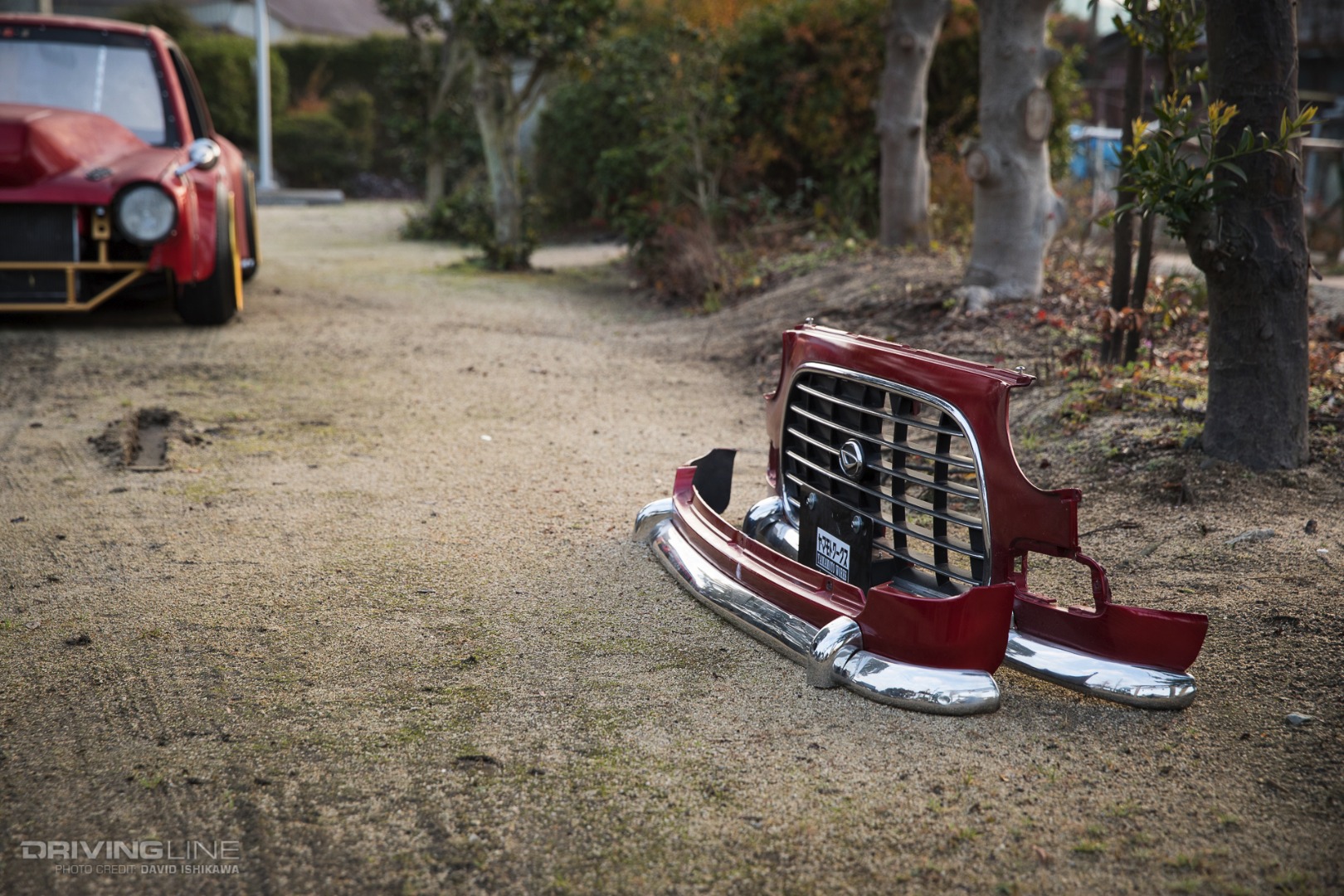

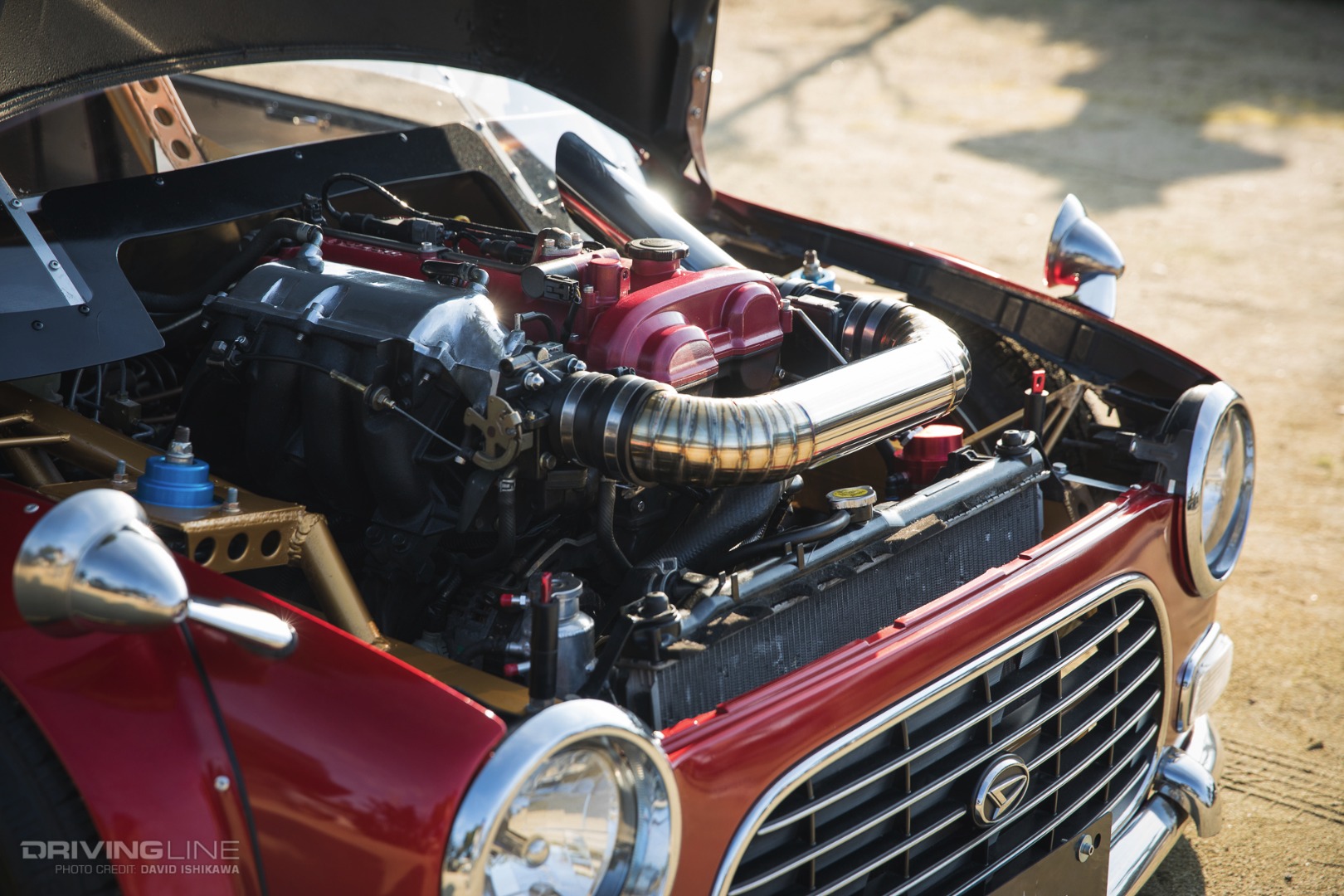
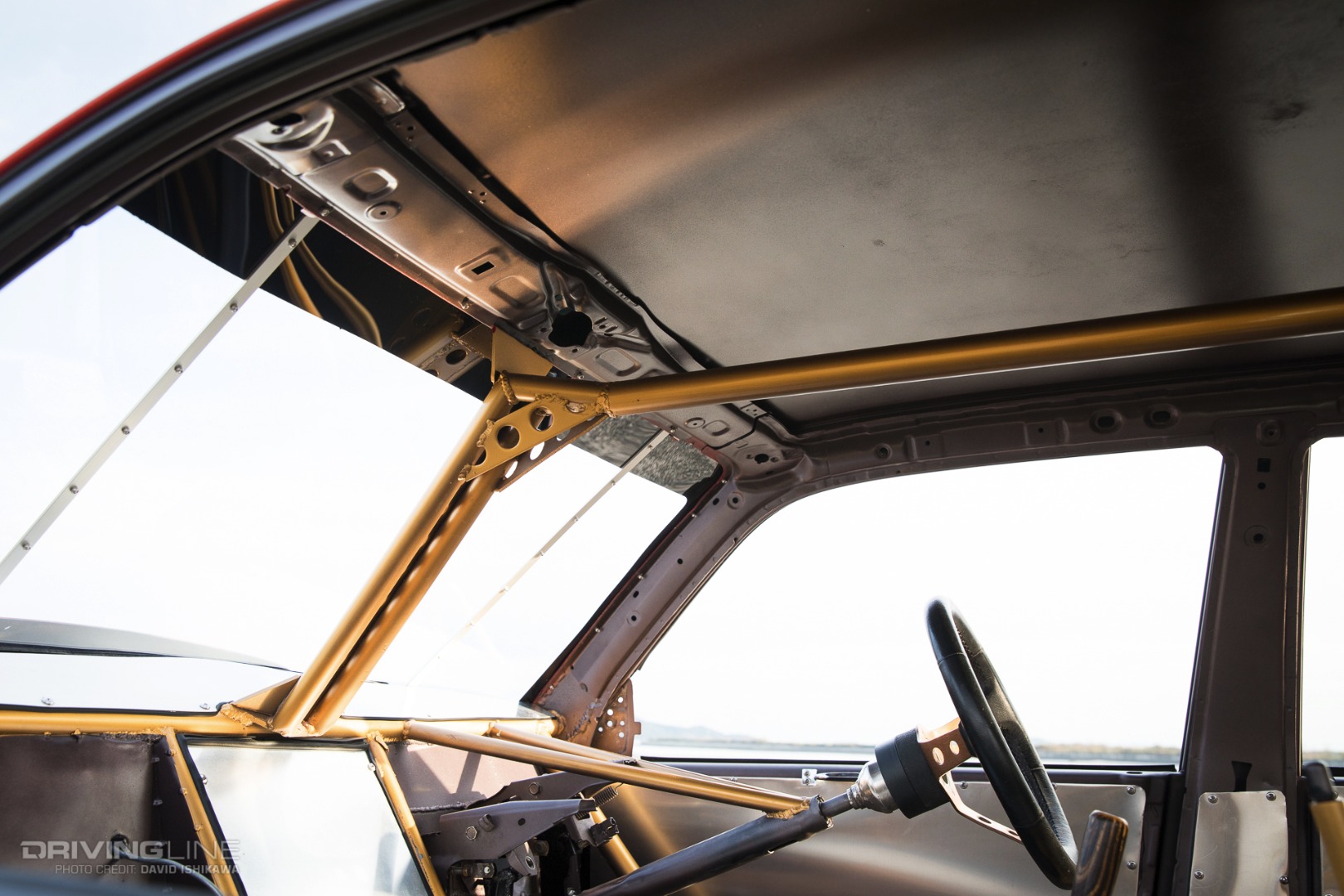
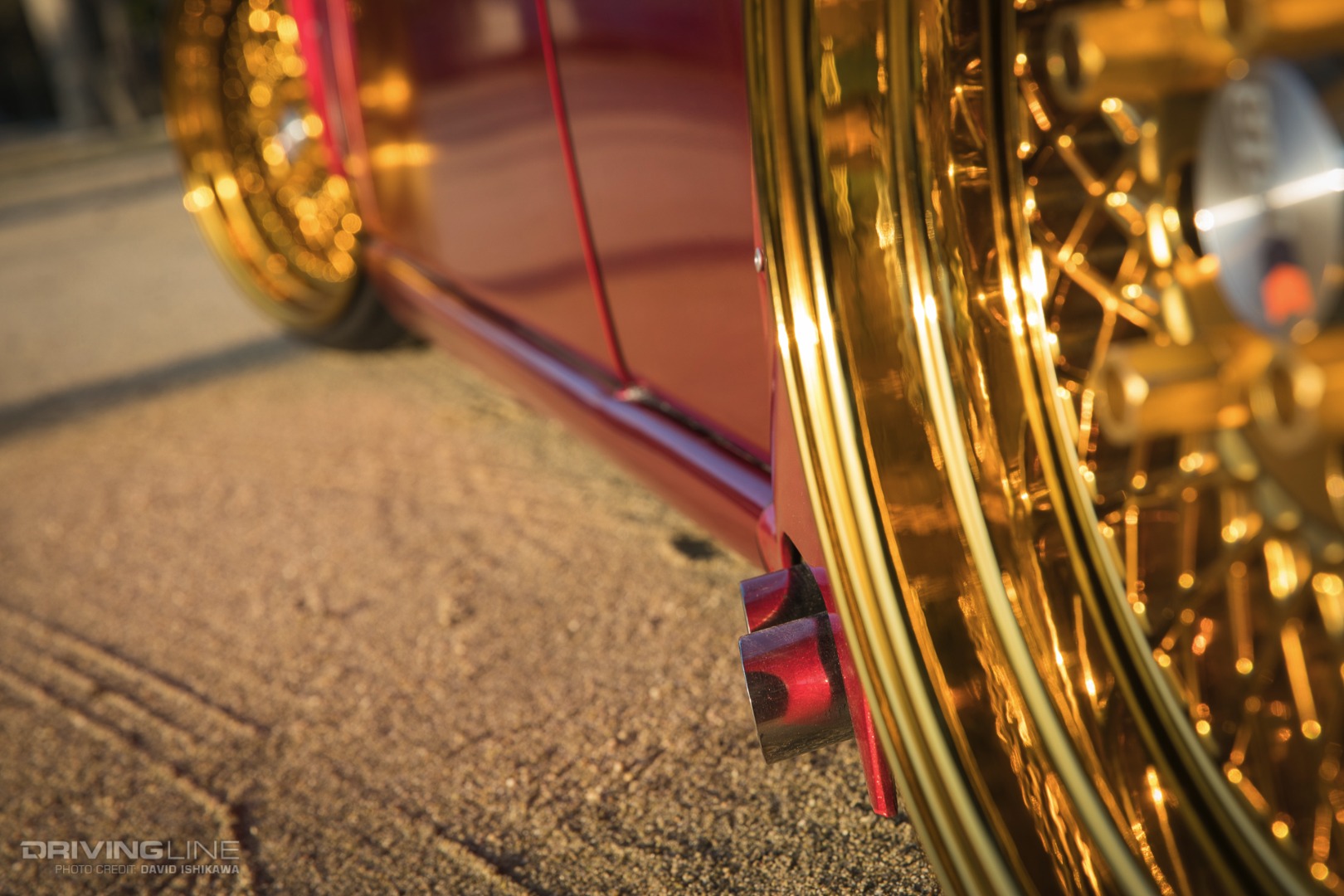

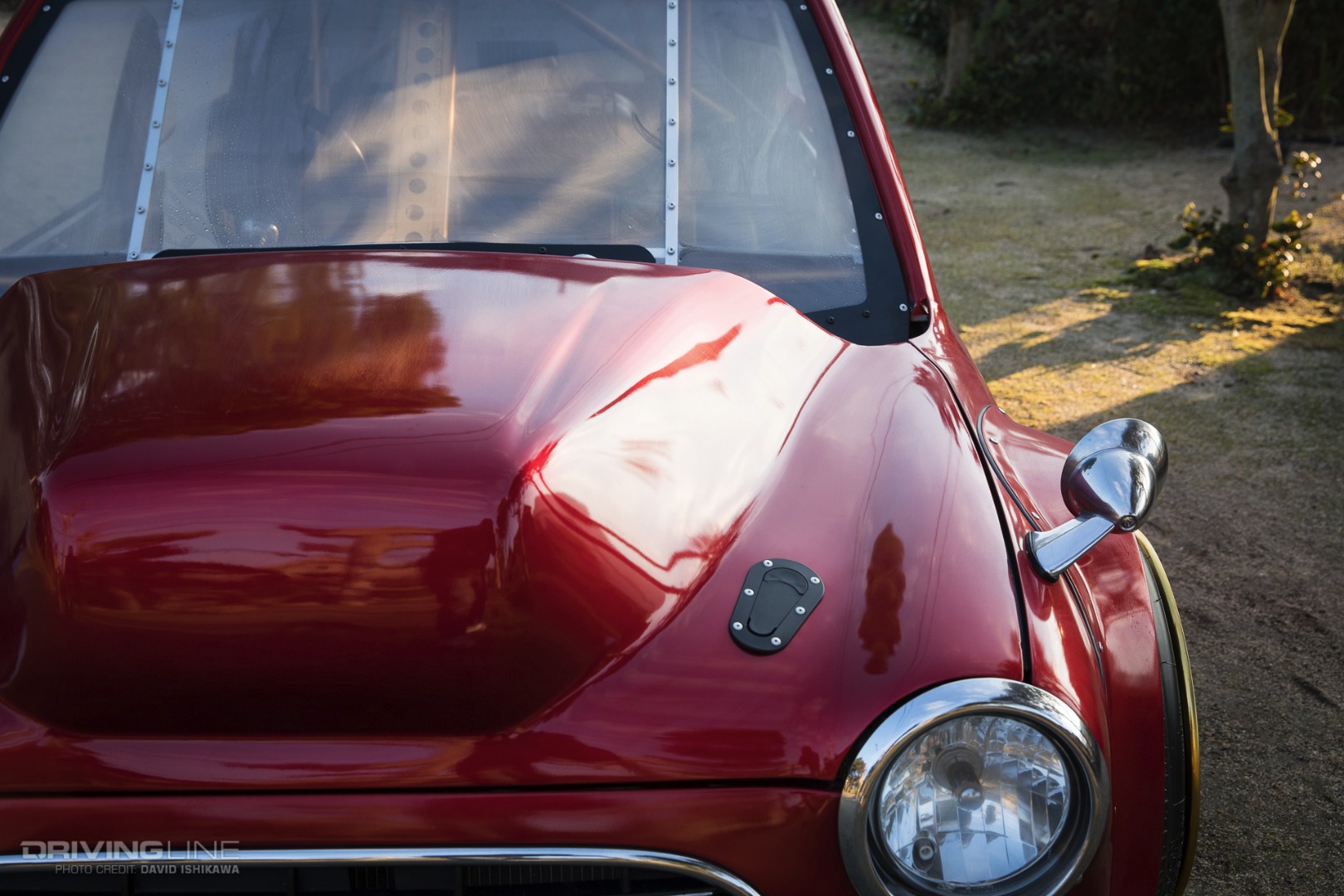
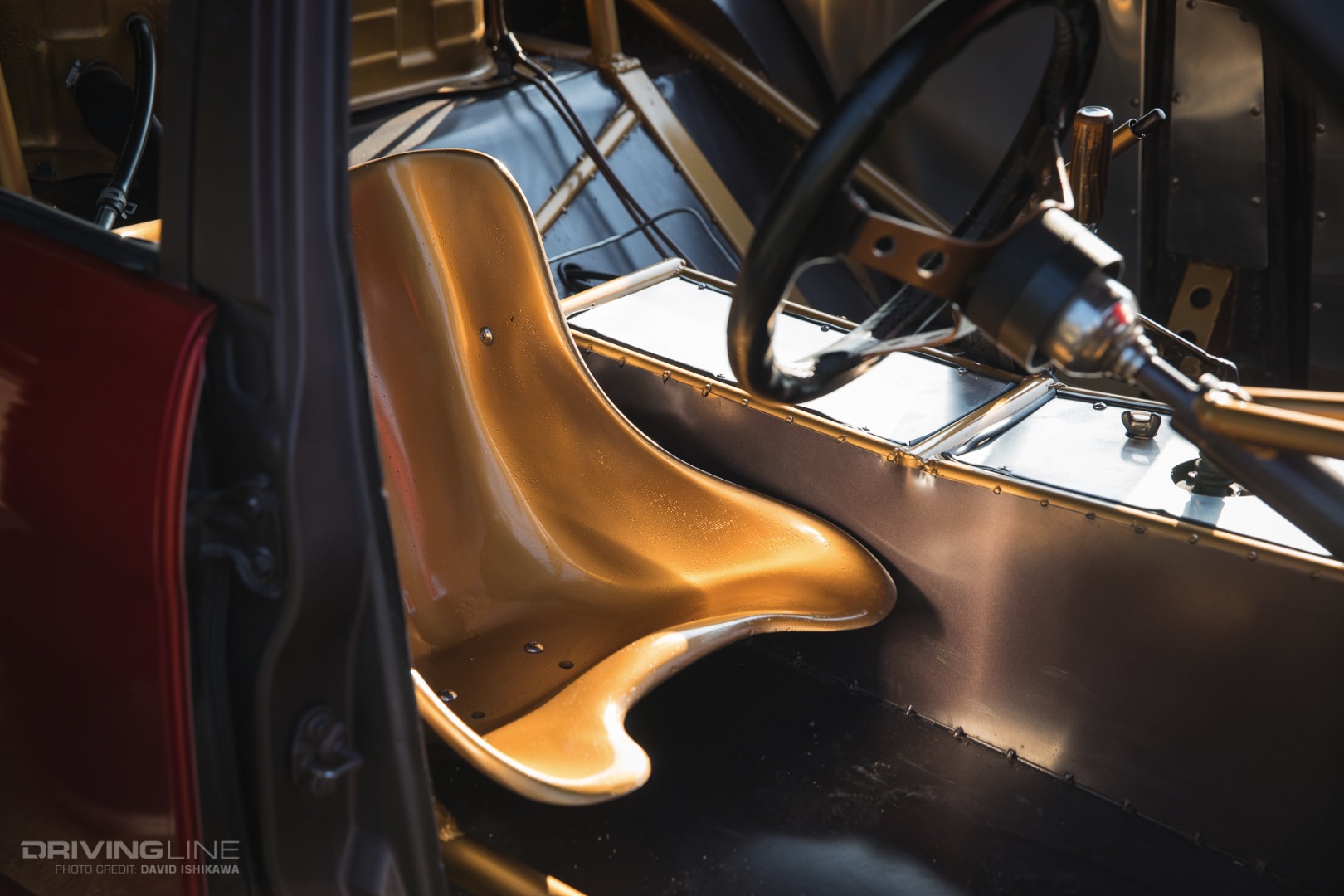
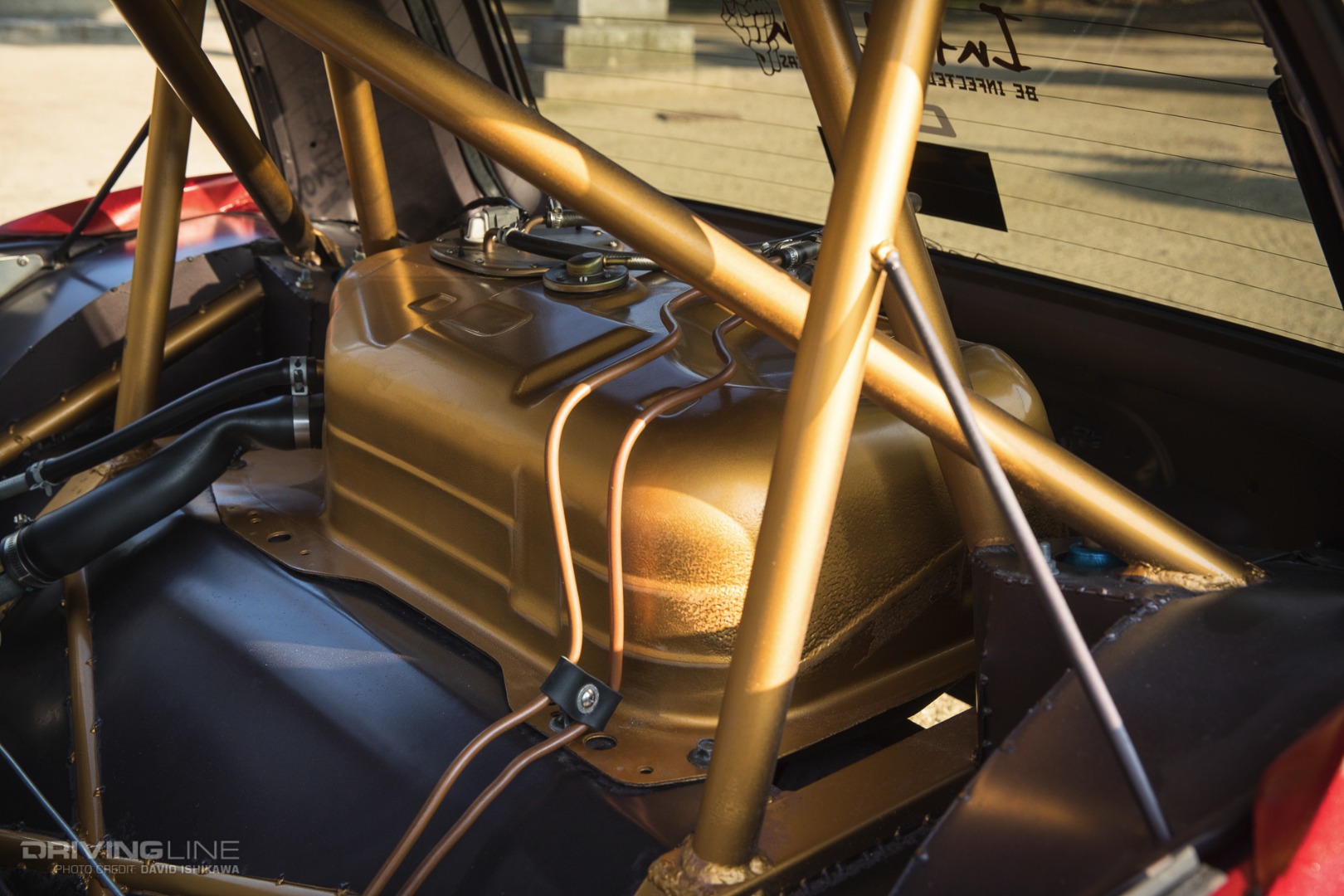
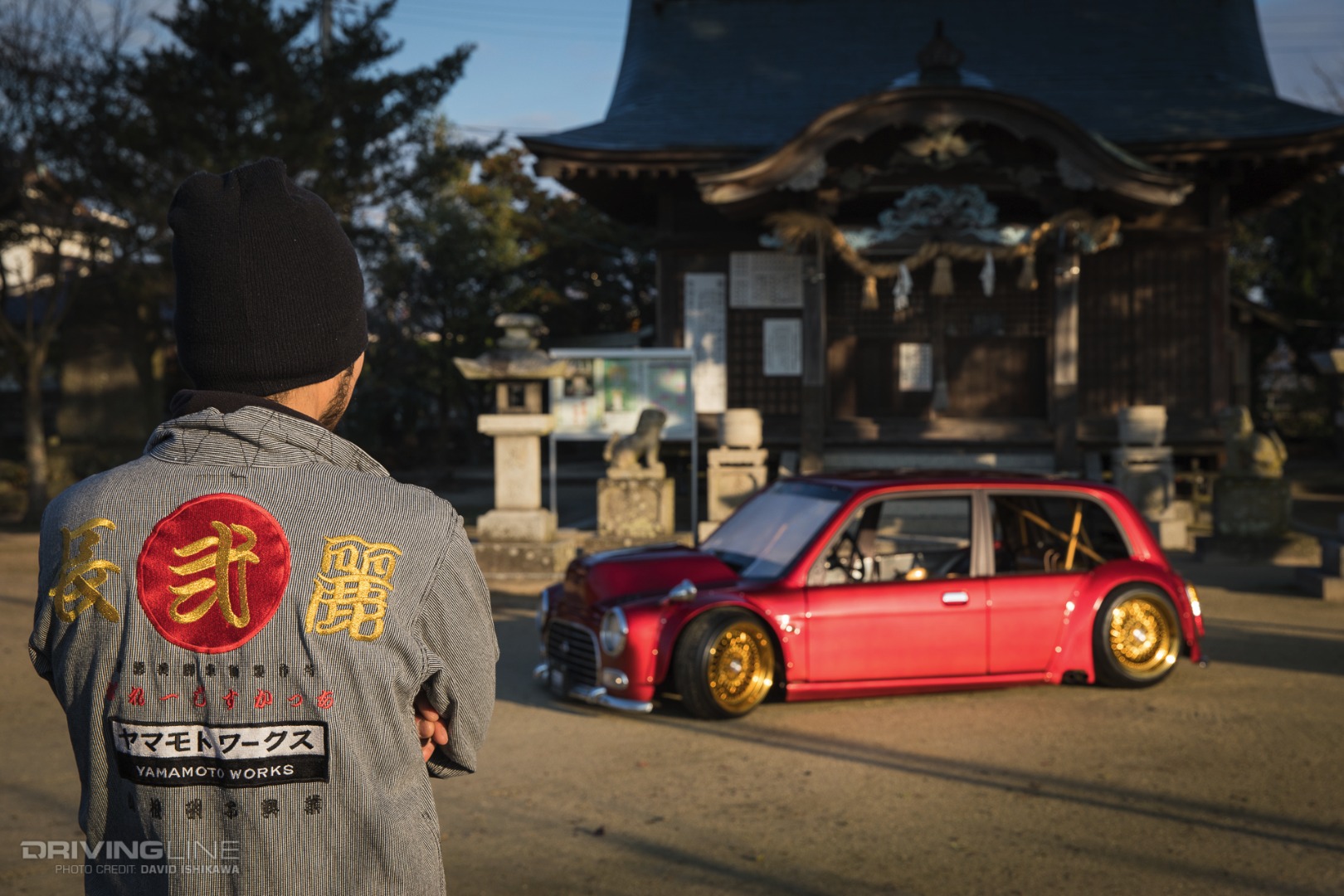
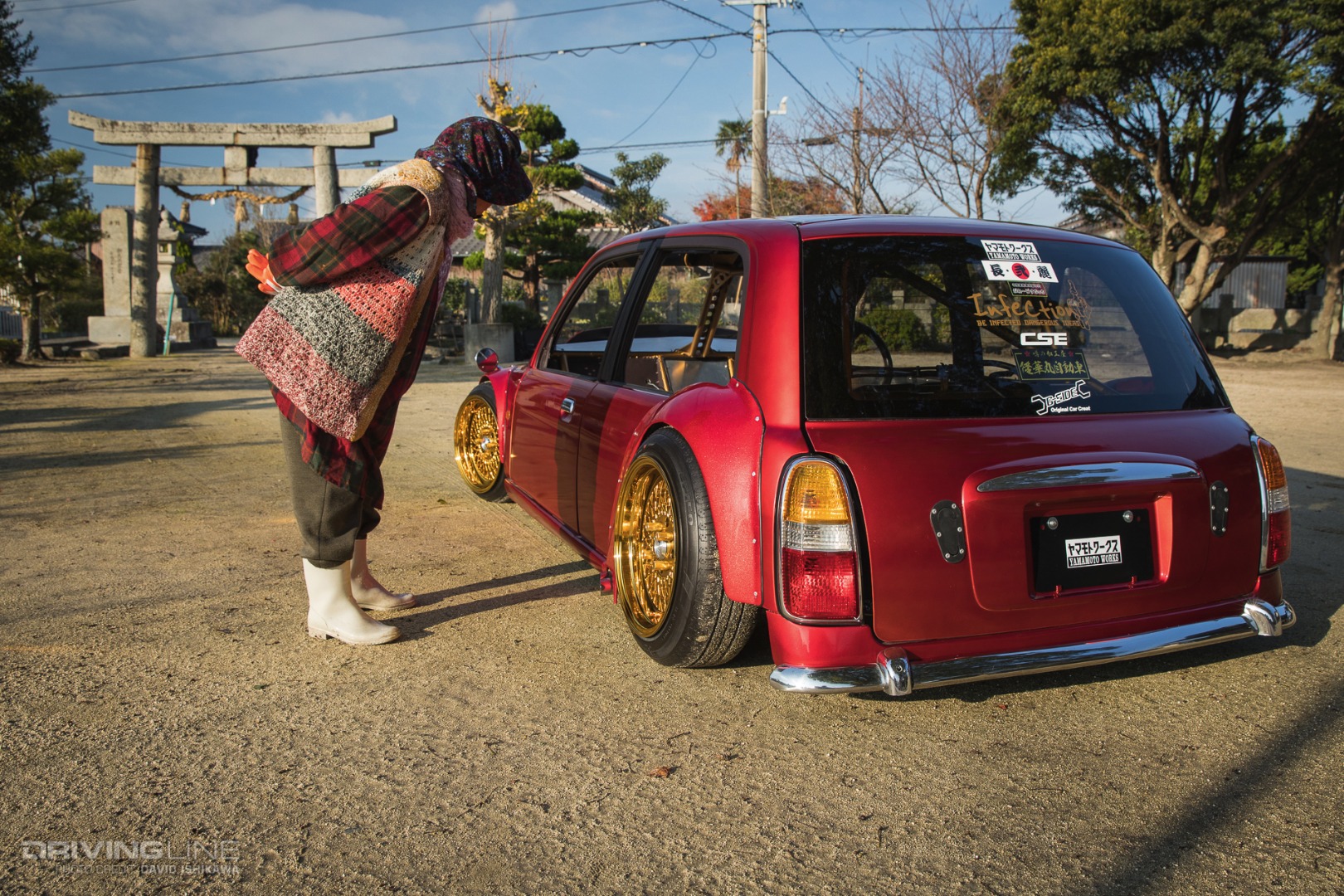

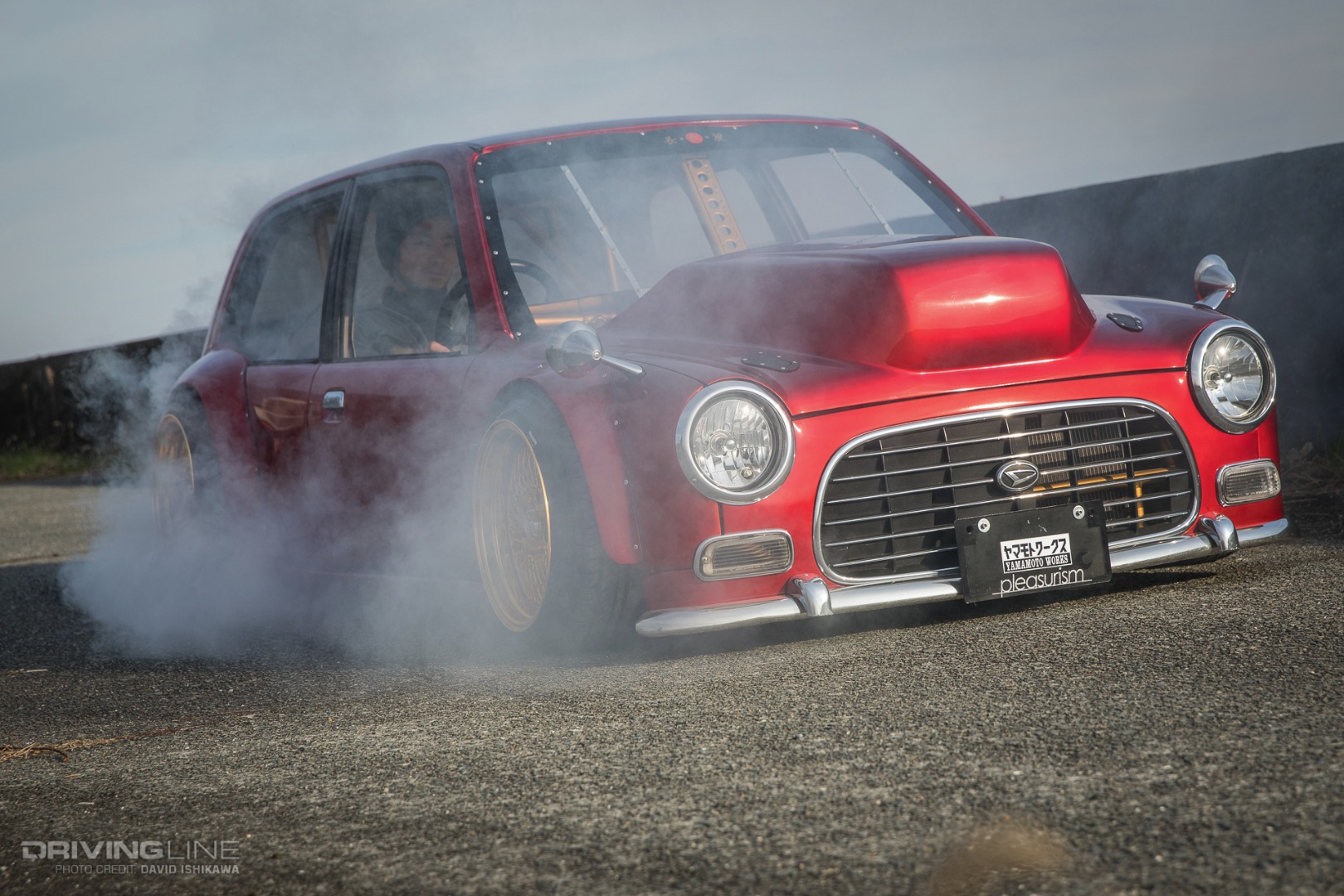
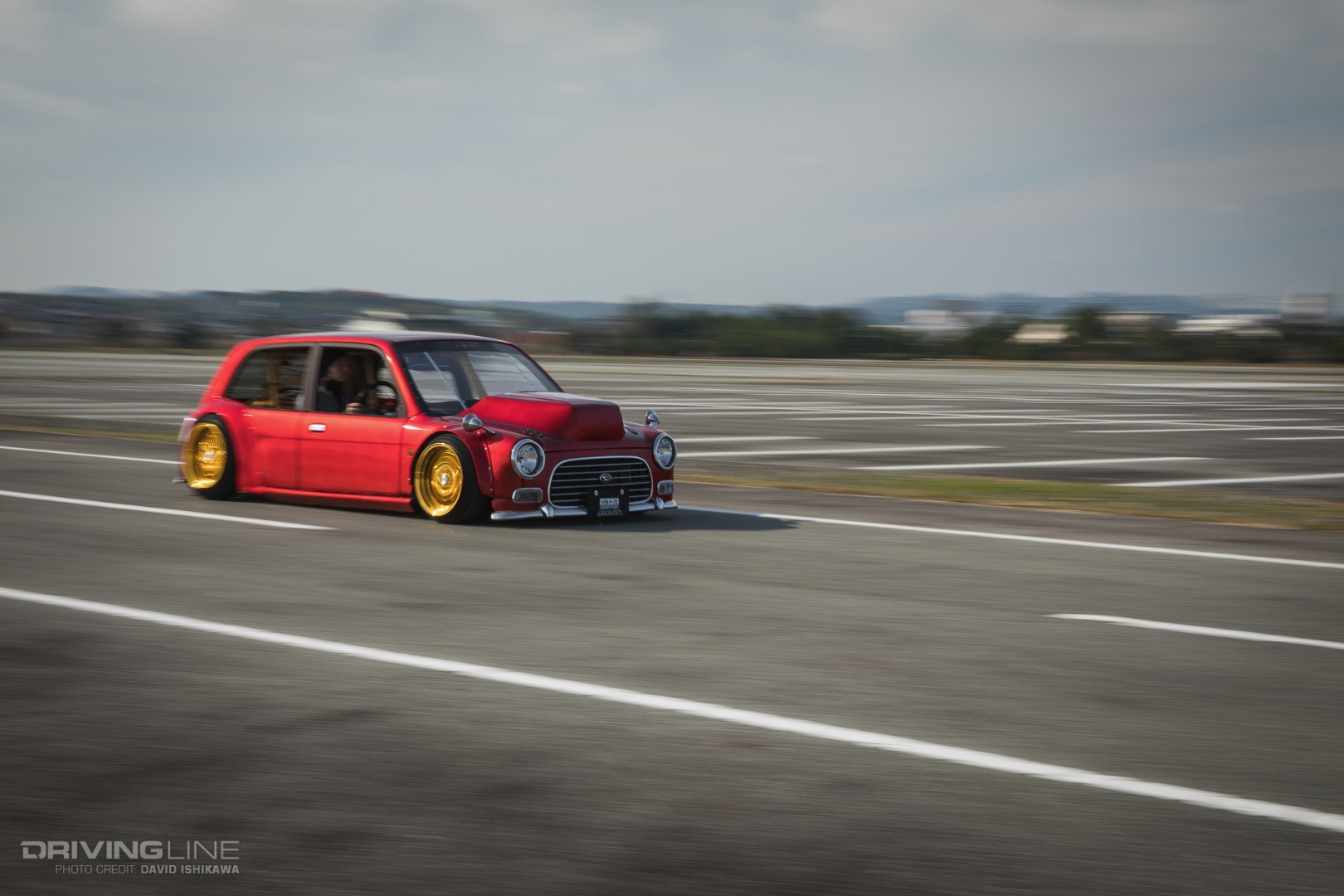


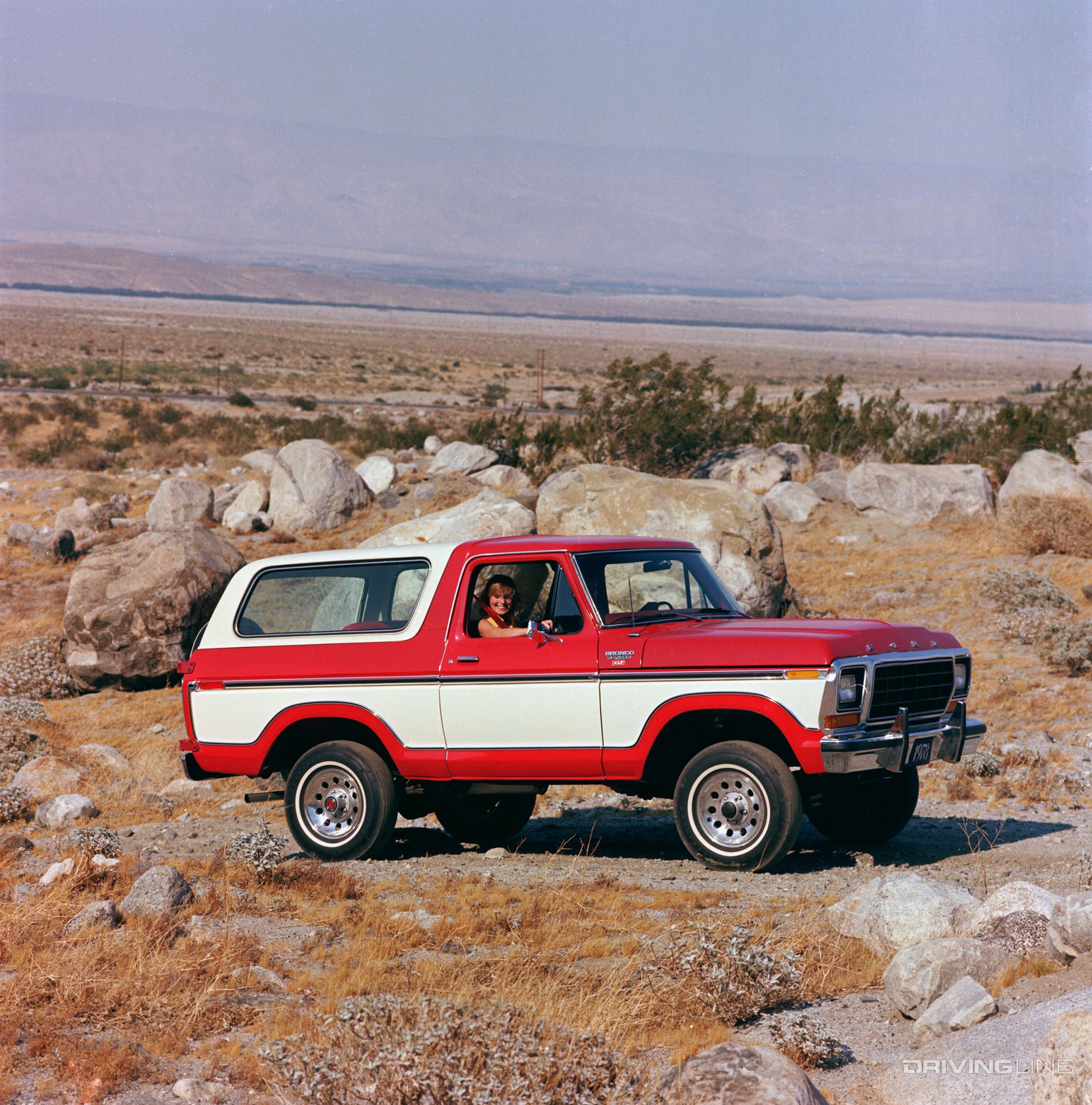
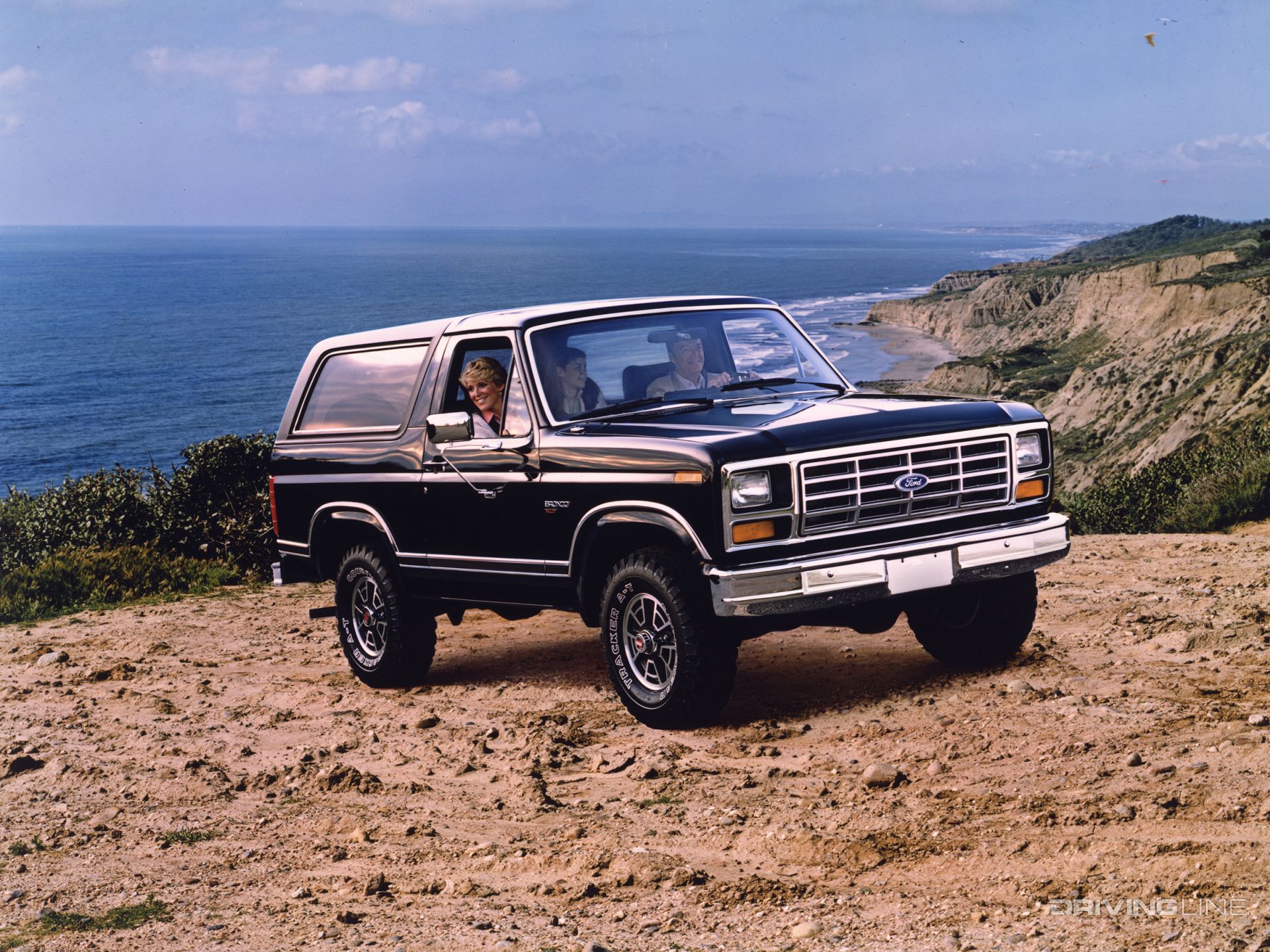
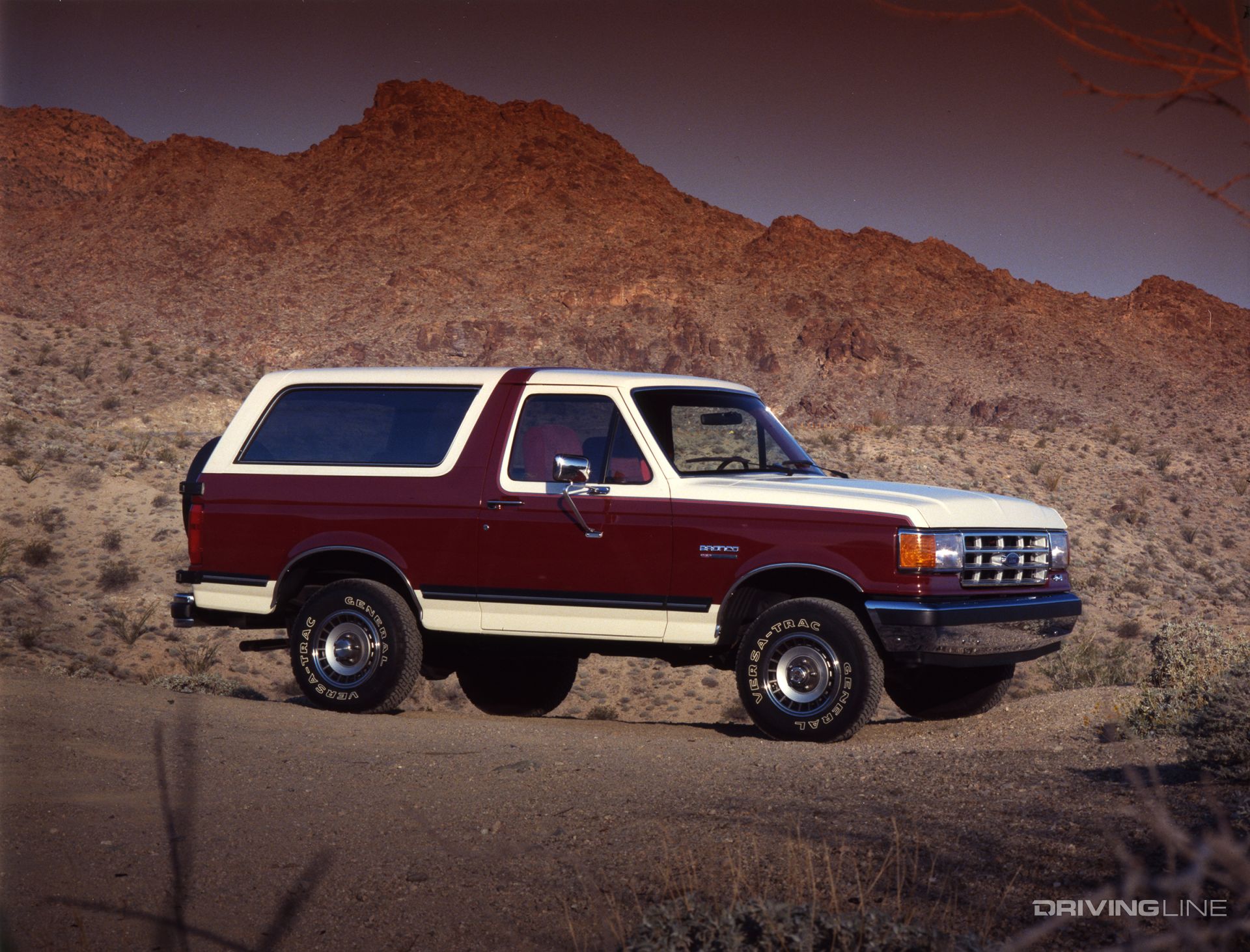
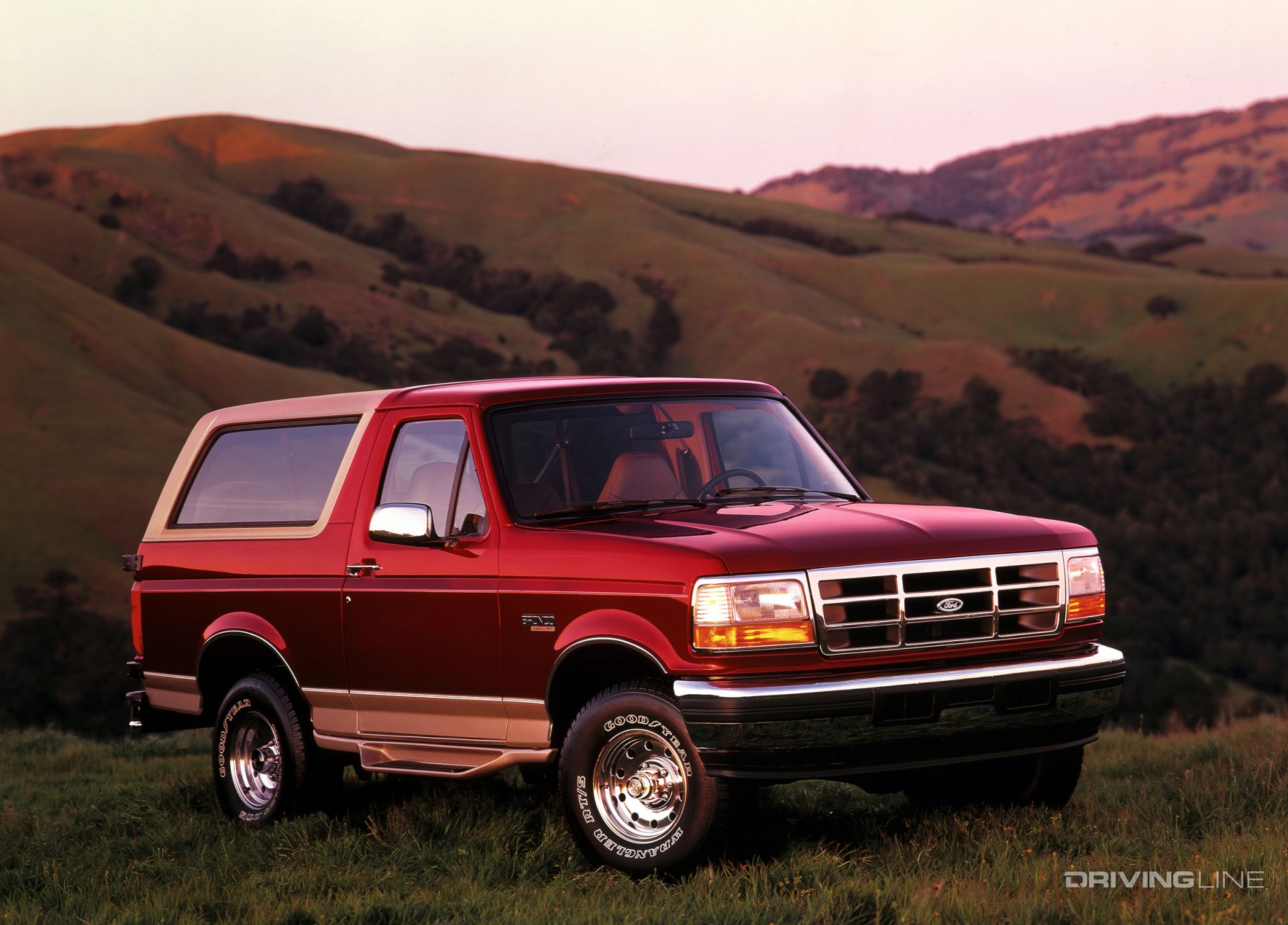















 (Photo:
(Photo:  (Photo:
(Photo:  (Photo:
(Photo:  (Photo:
(Photo:  (Photo:
(Photo: 
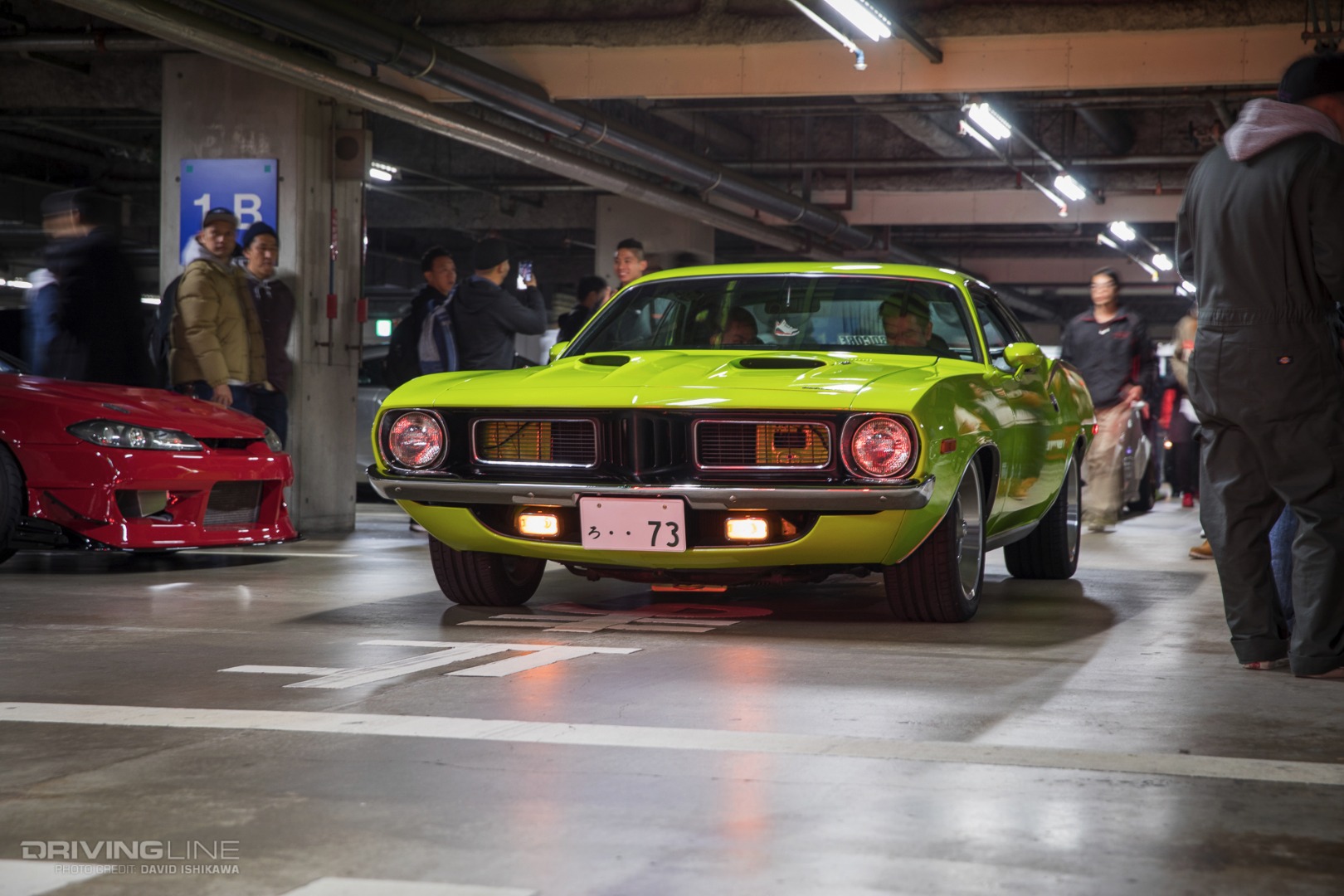









 (Photo:
(Photo:  (Photo:
(Photo:  (Photo:
(Photo:  (Photo:
(Photo:  (Photo:
(Photo: 








